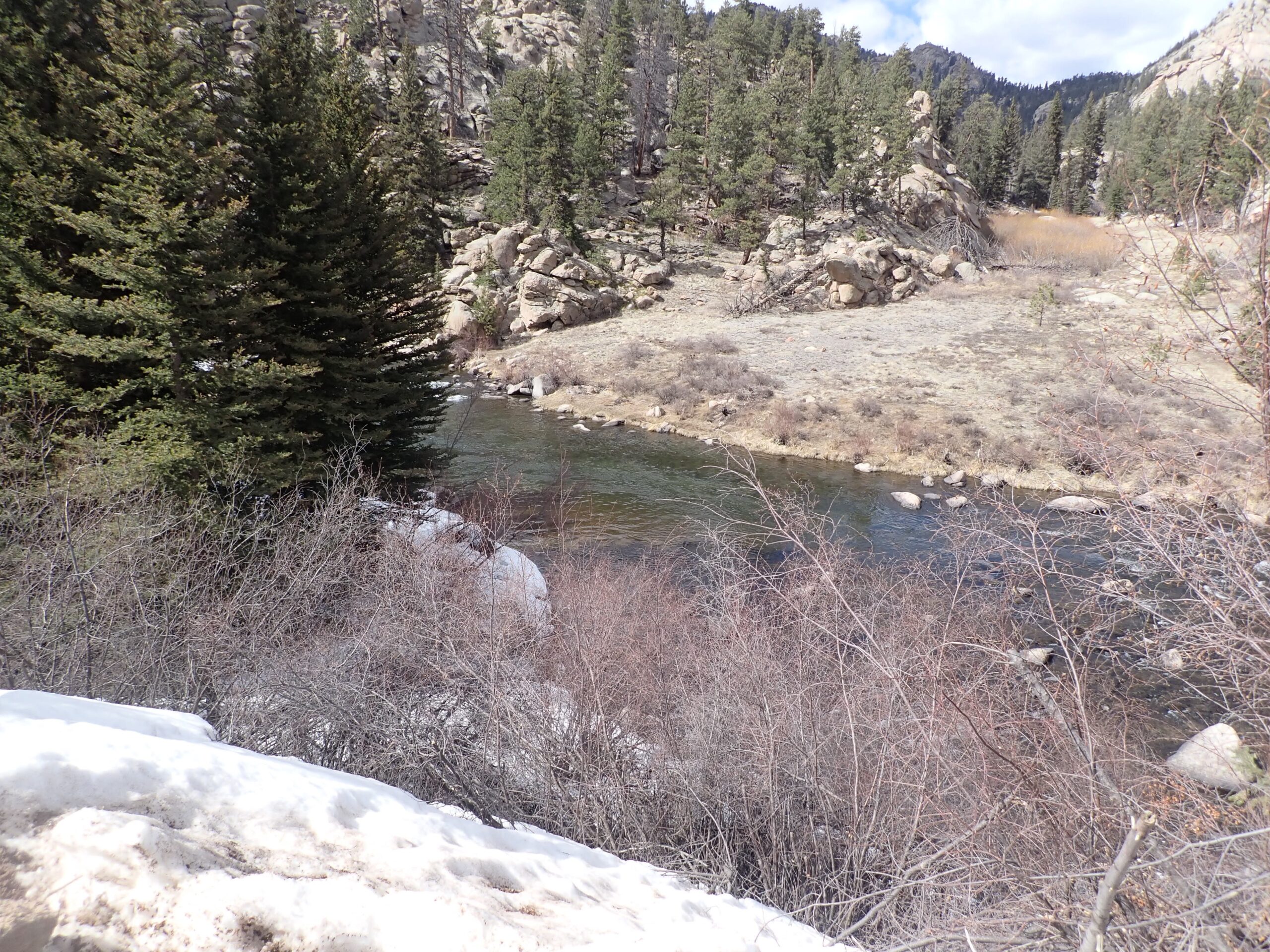Time: 11:30AM – 3:15PM
Location: Eleven Mile Canyon
South Platte River 04/19/2024 Photo Album
Brutal. Brutal is the word that comes to mind to describe my day of fly fishing on the South Platte River in Eleven Mile Canyon on Friday, April 19, 2024. The trout that I landed on Friday were some of the hardest earned fish of my fly fishing life.
After a challenging but productive day on Monday, I reviewed my schedule and the weather forecast for another opportunity to visit Colorado rivers and streams. I had to take my new/used car into the dealer on Tuesday for a warranty repair, and the work lingered into Wednesday and thus eliminated two weekdays from my fishing plans. Thursday was grandson care day, so that left Friday. I launched Weather Underground, and I noticed that a storm system was moving in on Friday afternoon. The predicted conditions looked very similar to Monday, however, the temperatures were forecast to be a bit colder, and the storm arrived a bit earlier in the day. I decided to roll the dice, and I made the drive to Eleven Mile.
My decision was immediately fraught with adversity, as the traffic south through Denver was heavy and slow. The weather was very foreboding with dense clouds, drizzle and a temperature reading around freezing. I expected the cloud cover to lift by Colorado Springs, but that was not the case; however, as I moved west of Woodland Park, blue skies appeared in the western sky. The dashboard temperature climbed marginally to 34 degrees. Much to my amazement the temperature blasted from 34 degrees to 45 degrees by the time I reached the small town of Divide at the top of Ute Pass. Normally increases in elevation cause the temperature to plummet, but apparently the radiant energy from the clear sky and sun more than offset the elevation gain.
I arrived at my chosen destination in Eleven Mile Canyon by 11:00AM, and the temperature there was 47 degrees. My trust in Weather Underground was momentarily renewed. I busied myself preparing for a day of fishing in the canyon. I already wore my Under Armour long-sleeved undershirt, and I layered up with my fishing shirt, fleece hoodie, North Face light down and rain shell. I felt like Michelin Man. For headgear I snugged on my billed hat with earflaps, and with an eye toward the rain and temperature plunge in the afternoon, I stuffed my fingerless wool gloves in my pockets and placed my handwarmer packets in my wader bib muff. I pulled my blue hand towel from my waders and stuffed it inside my wader tops for easy access. For casting I chose my Sage One five weight in case I lucked into a larger fish or had to fight the wind.
I marched up the dirt road and cut down directly opposite the long pool with the large vertical boulders along the western bank, and I began my fly fishing day with a yellow size 8 fat Albert, an emerald caddis pupa and a size 22 sparkle wing RS2. I began in the midsection of the long pool and worked my way up to the head of the pool. When I cast along the current seam of the left most entering braid, the fat Albert plunged, and I reacted with a swift hook set. The trout on my line fought like a trophy, but fairly quickly I determined that I foul hooked a thirteen inch brown. Disappointment reigned, as I was forced to get my hands wet to release a foul hooked fish. The breeze quickly evaporated my wet hand, and I felt the dreaded stinging sensation of numbing cold. This was just the beginning. I reentered the pool between the head and midsection, and I began lobbing longer casts toward the faster and deeper main, entering current seam, and on one of these longer casts, a fish grabbed the trailing sparkle wing, as it began to swing. This fish was attached to my line briefly, before it turned its head and managed to spring free from the tiny size 22 hook.
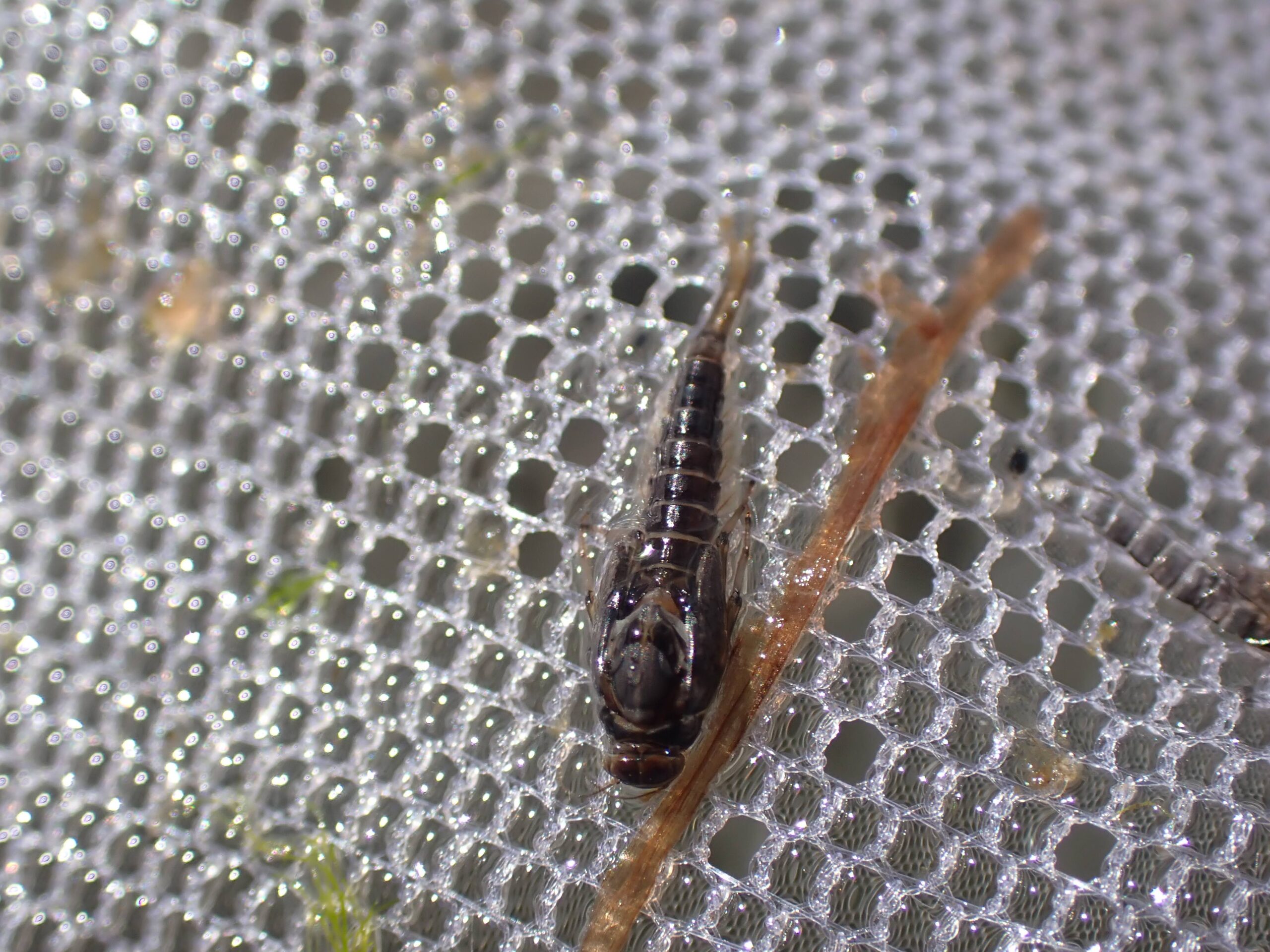
Two other anglers arrived, while this action transpired, and they stopped to fish in the pockets just above the pool I occupied. I decided to move to the super big bend pool ahead of them, but when I entered the river to wade along the east bank to the flat rock casting platform, I spotted a flurry of subtle rises in the medium size pool just below the super version. I made some casts with the dry/dropper and activated jigs, jerks, and swings; but the trout were not interested in my subsurface offerings. I could not resist dry fly fishing, so I disassembled my dry/dropper rig, and I converted to a peacock hippie stomper trailing a CDC blue wing olive. For the next thirty minutes, while the sky darkened, and the wind accelerated, and I skipped lunch, I made a generous number of casts, and I managed to land the first two trout of the day. One was a brown trout, and one was a rainbow, and they resisted netting quite well. I also experienced a copious number of refusals and a few very brief connections. I switched to a soft hackle emerger for a bit hoping it would outperform the CDC BWO, but that was not the case.
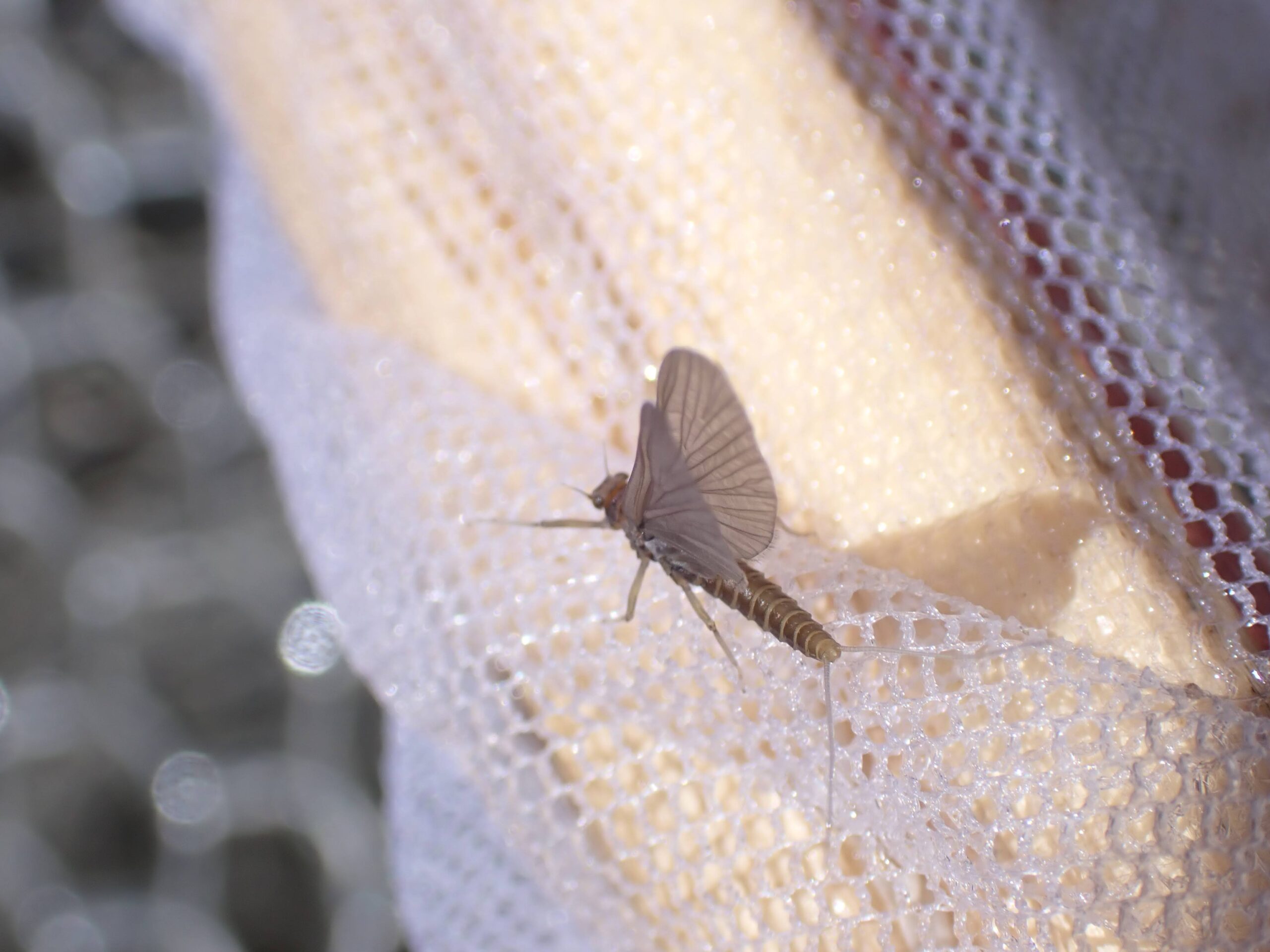
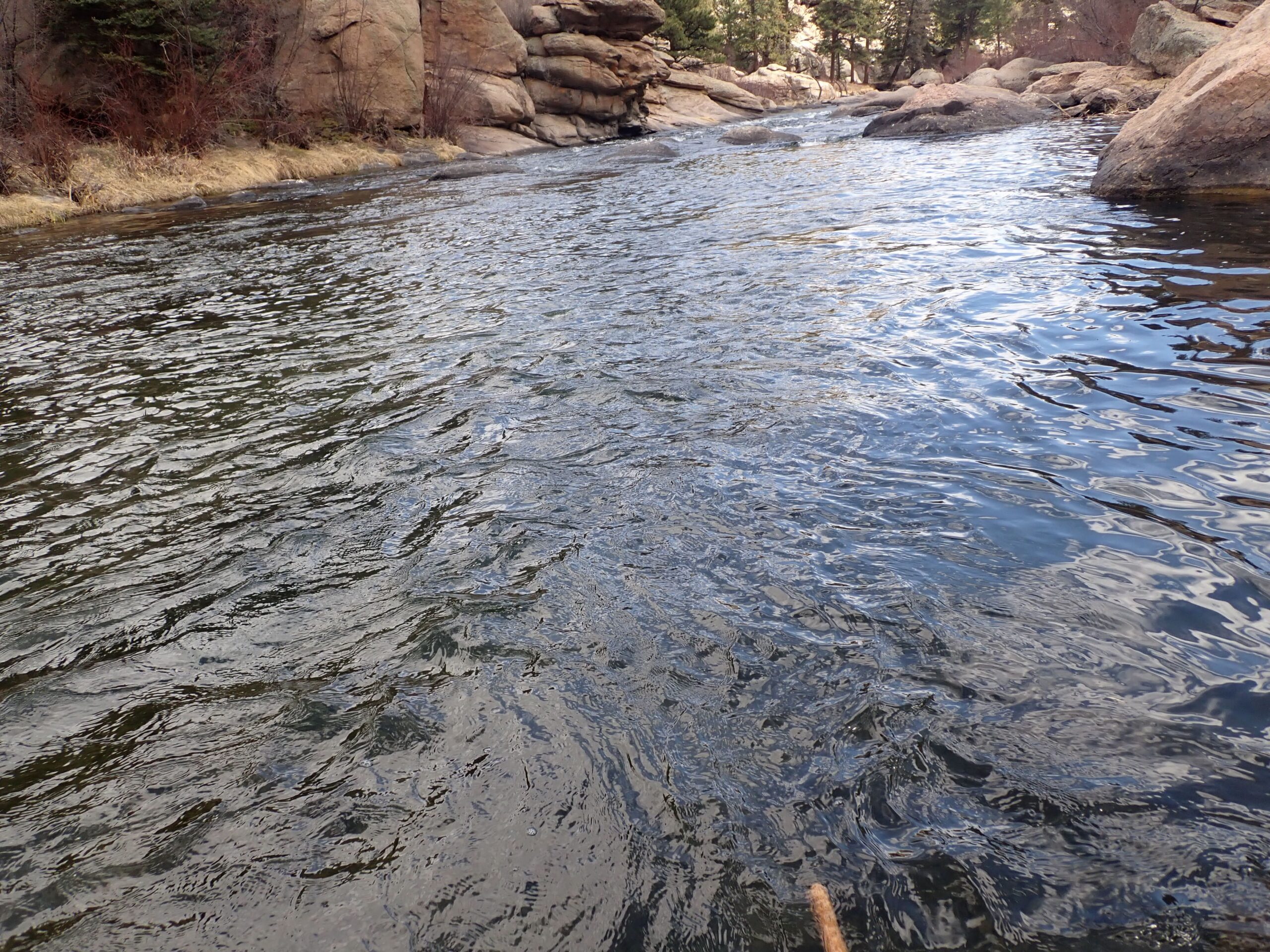
The hatch was rather intense, but my fly was largely ignored except for the two outliers that I mentioned, so I seined the water with my stretch net. After an adequate time period of seining, I examined the results, and I found several small nymphs and a newly emerged adult. I snapped some photos, and this now confirmed that the impetus for the steady feeding was a baetis hatch.
As this scene unfolded, the two hopscotching anglers moved past me to the super pool, and I rued my decision to linger in the lower pool, but much to my surprise, they bypassed the main pool and progressed to the two braids above the bend. By the time I decided to move up the river, they departed and climbed the steep bank to the road. Based on the change in weather that was forthcoming, they may have made a wise decision.
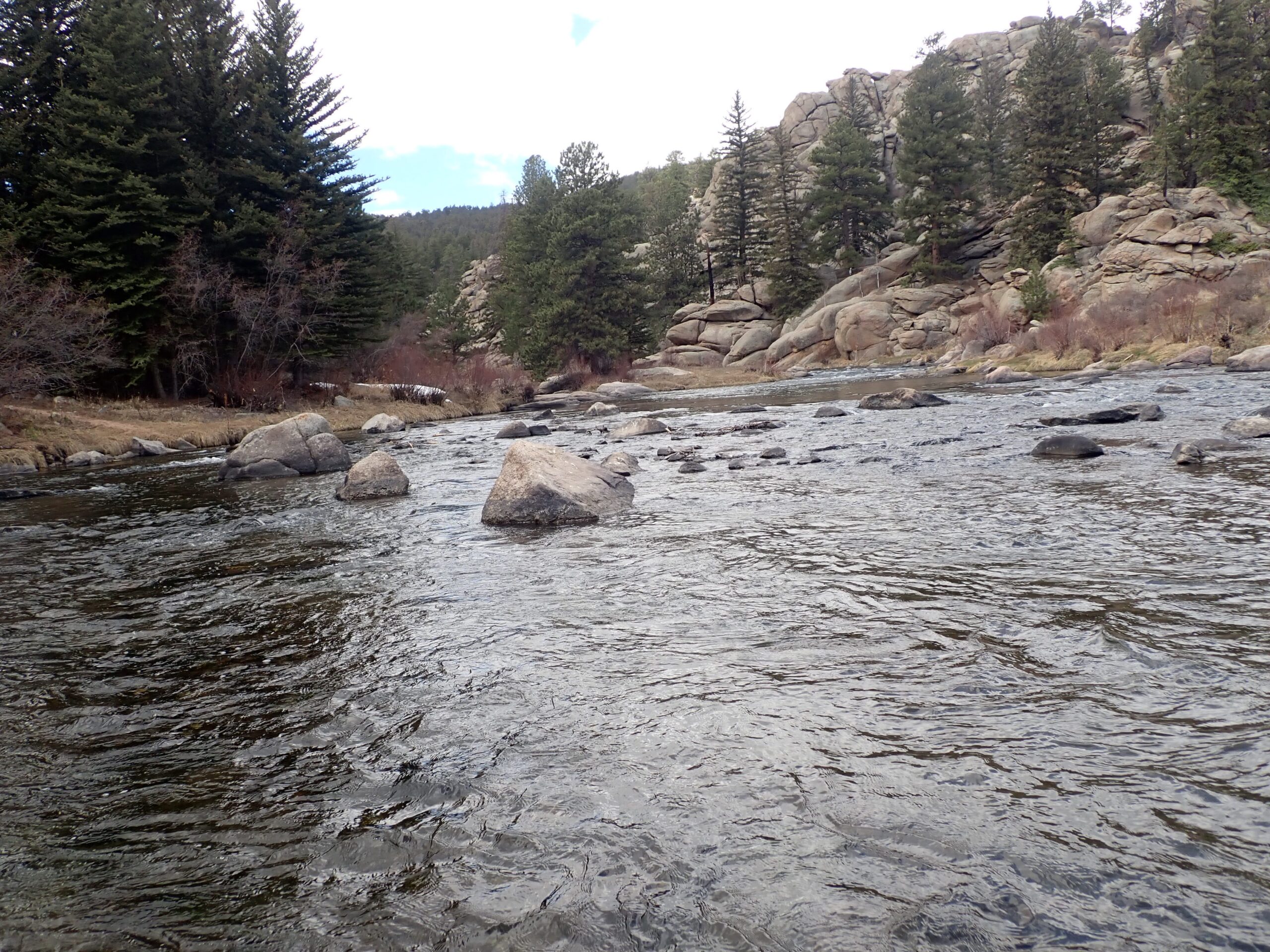
I took advantage of my good fortune, and I advanced to the super bend pool, however, I crossed at the tail and approached from the northwest bank. During this time I paused to eat my sandwich and carrots, but I was so cold that I saved my yogurt cup for when I returned to the car. Once again the sky darkened and the wind gusted, and the trout on my side of the river began a gluttonous feeding spree. By now my hands were gnarled, and my feet and legs were developing rigor mortis, as the temperature began its downward spiral. Once again I succeeded in duping one very nice rainbow trout, but this success story was accompanied by three very brief hook ups. My fly was a close but not exact imitation, and, in fact, the rainbow grabbed the CDC BWO, as I twitched it before lifting to cast. Movement was clearly a trigger, but it was difficult to consistently emulate the fluttering of the tiny naturals.
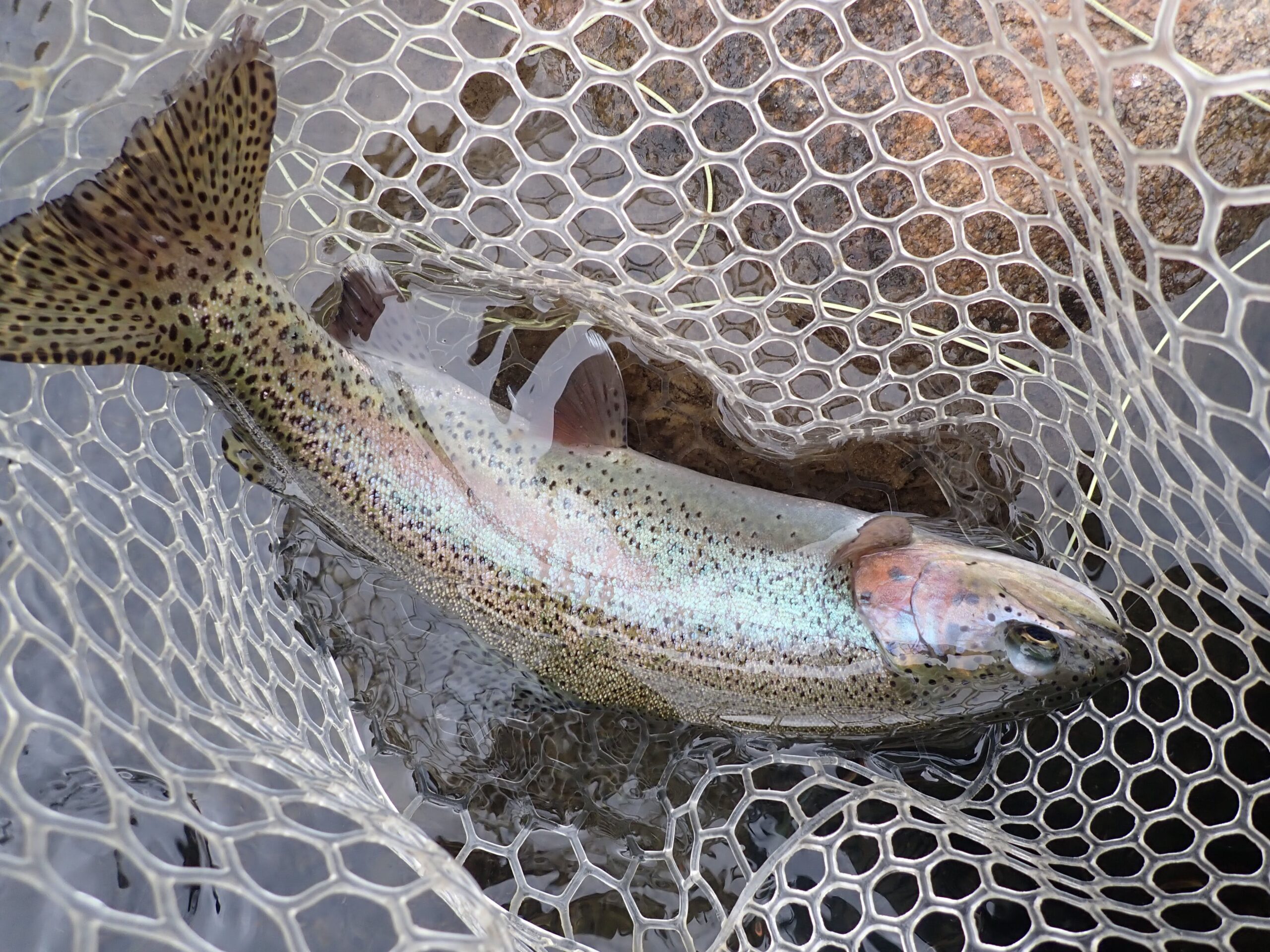
I was curious to check out the other side of the pool, so I crossed at the tail and assumed my advantageous position on the flat rock. This offered the advantage of keeping my feet and legs out of the water. Unfortunately this move coincided with a brief break in the clouds, and although my comfort level zoomed, the fish paused their feeding.
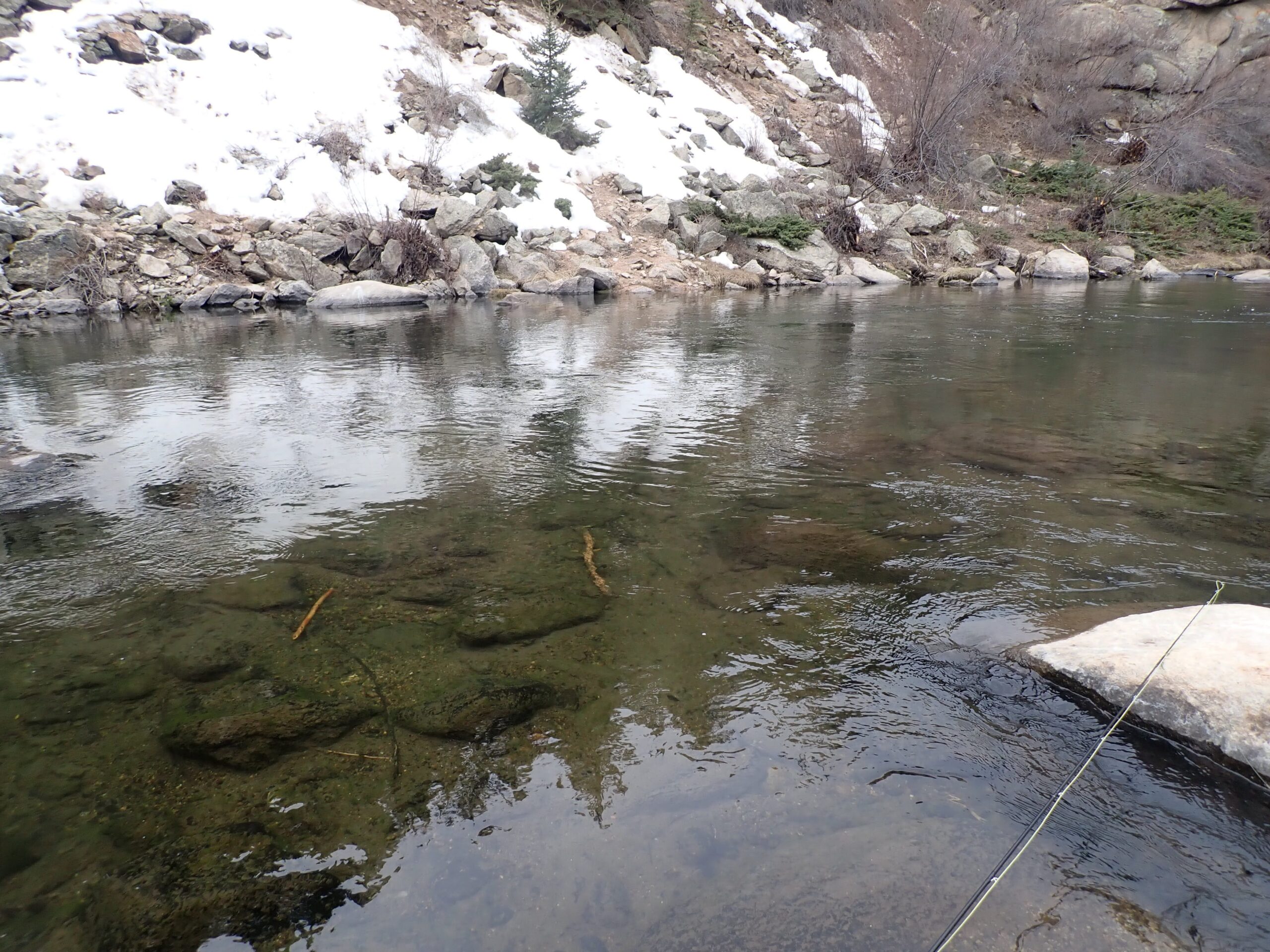
After ten minutes of fruitless casting, I moved on to the narrow island and proceeded to the upstream tip. I paused to observe the flats below the steep bank, and in short order I noticed a small pod of trout sipping toward the middle of the area. I cautiously waded my half frozen feet to a position just below the sipping rises, and I began to cast upstream and then across. I did not experience any luck, but after a few minutes I created a minor tangle, and once I was free to resume, I noticed another angler above me along the left bank. I was not sure whether he arrived after me, or whether he was there first, so I exited and crossed and walked the opposite bank to a position above him, where his side of the river was bordered by a huge vertical rock. I was unable to spot rising fish, where I normally find them. Meanwhile the other young angler moved upstream away from the flats, and he shouted to me. I was unable to hear him at first, but eventually I comprehended that he was asking, if he could “throw” below me. I replied, “sure”. and I moved on.
I intended to check out the nice wide smooth pool above the next two bends, but when I moved to a spot, where I could see the pool, I found another fisherman claiming the pool. I decided to reverse to the super bend pool before that got claimed, but as I passed the flats I noted a nice pod of feeding fish. Since the other angler had moved upstream, I felt that I was sufficiently below him, and I also was now fairly certain that he arrived after me. I stopped to fish the flats.
For the next hour plus I executed a huge quantity of casts. There was a definite ebb and flow to the feeding. The sky was consistently dark, but it became even nastier from time to time, and during these periods the feeding frenzy became quite intense. My fly was largely ignored, but I did coax three momentary connections, and I hooked and landed three very respectable trout to raise my fish count to six. One of these fish was a very fine fourteen inch brown trout with large and vivid black spots. The last trout was a hard charging rainbow trout also in the fourteen inch range.
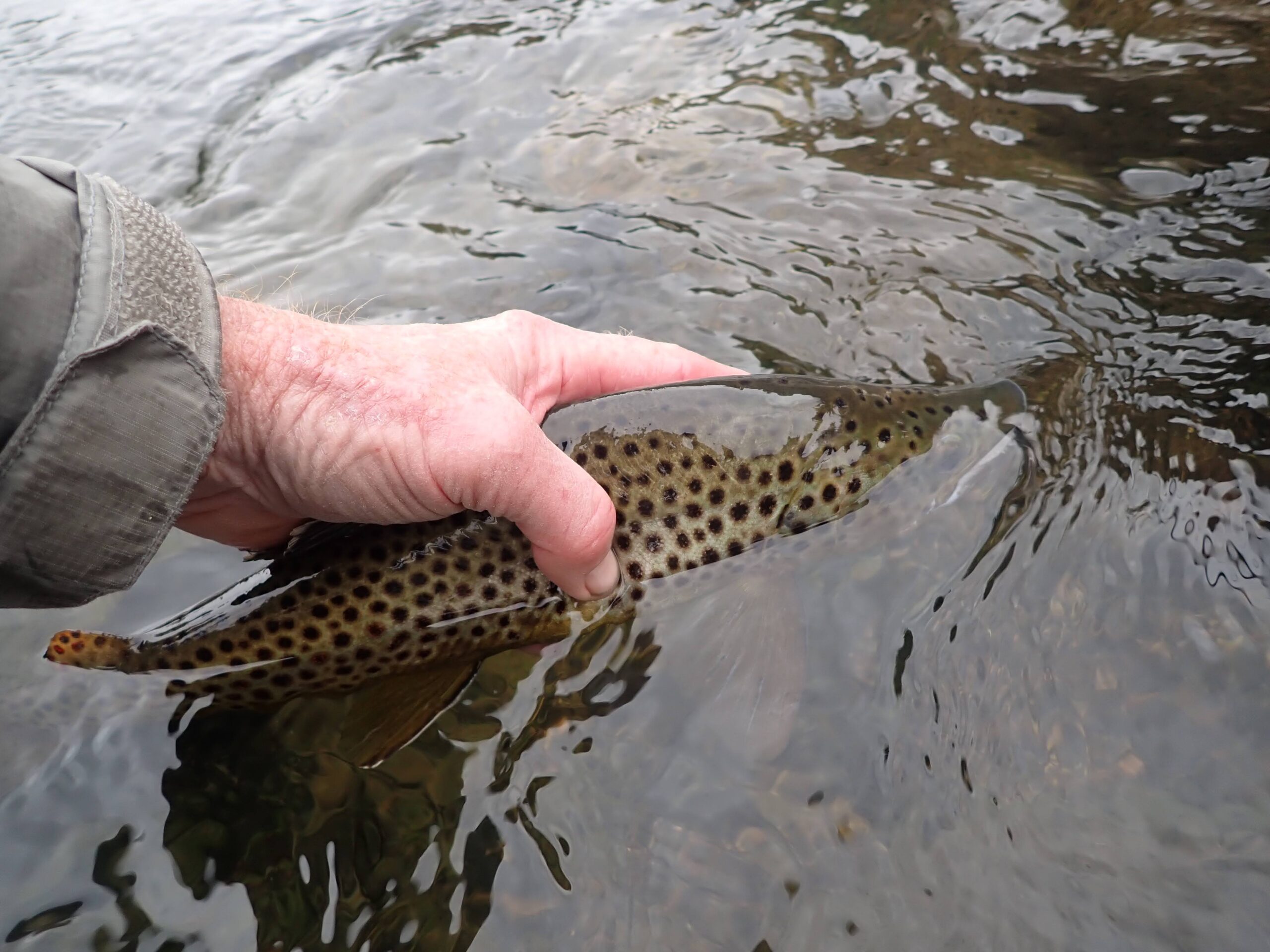
This time of angling success coincided with very adverse conditions for the human angler. My feet and hands ached. I pulled my coat zipper as high as it would go and tipped my raincoat hood around my hat. I alternated putting my hands in my wader bib muff to grasp the hand warmers, and I used the blue hand towel to absorb as much water from my skin as possible. In spite of these measures, my core sank to new levels of chill. At one point small snow pellets descended from the dark sky, and this coincided with the most ravenous feeding of the day. I fished on while pellets glanced off my head and hands and fly rod.
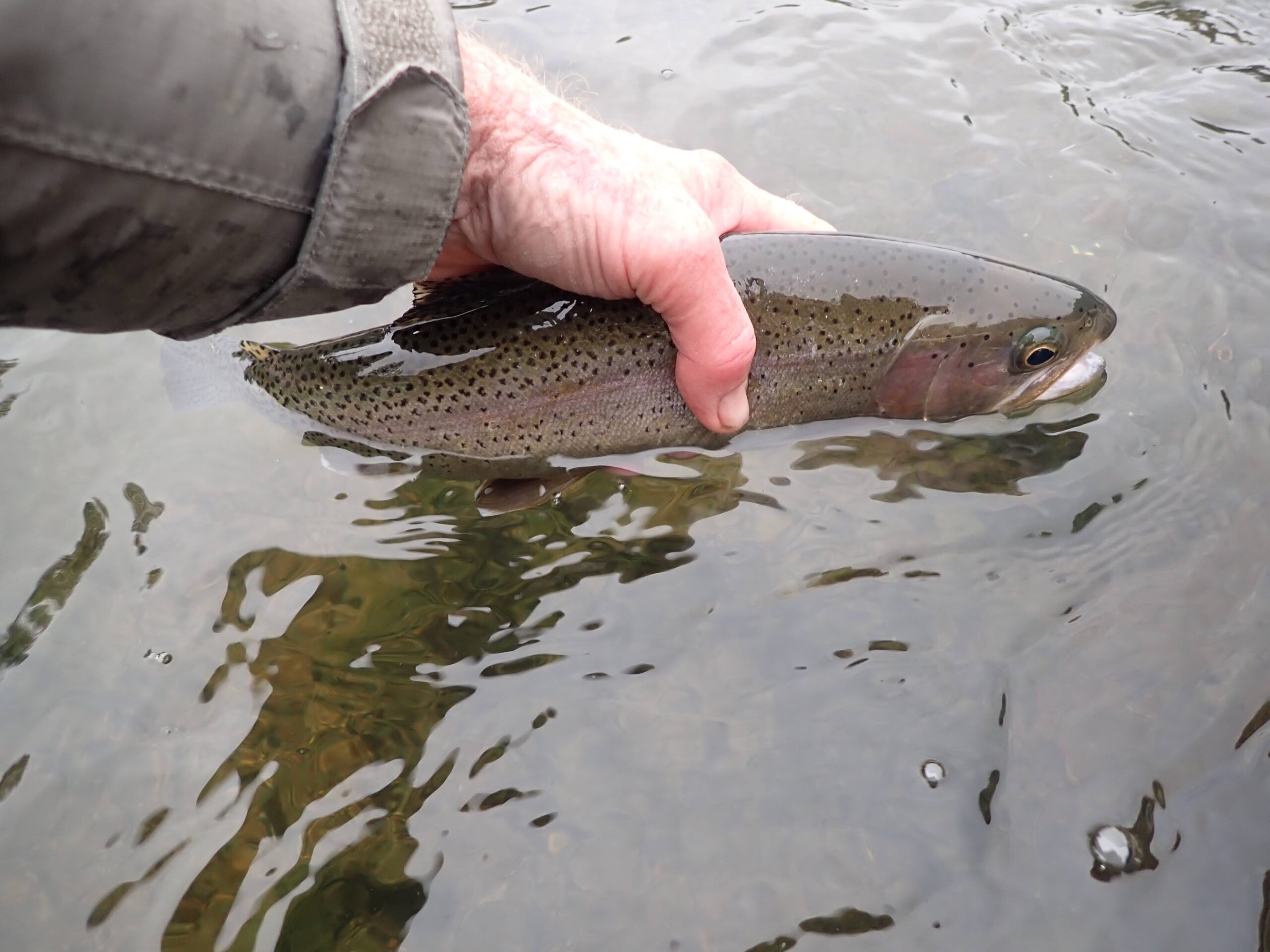
By 3:15PM I became concerned for my for my well being, so I stripped in my line and carefully waded back downstream to a crossing point and then climbed the hazardous steep and icy bank and returned to the car. It was a rare instance, when this devoted angler left the river, while plentiful bugs continued to hatch, and fish continued to gorge. That gives the reader some indication of how cold I was.
Although six fish in three and a half hours of fishing seems like a poor catch rate, I was quite pleased. The quality and size of the fish was exceptional, and I worked extremely hard for these fish. I am perplexed, however, with the lack of acceptance of my flies. I am giving serious thought to tying some new baetis flies including a parachute CDC dry fly and a nymph with an olive body and a more narrow profile. The photo of the nymph in this post is a good example of the lean form I intend to copy. The bugs and trout loved the nasty weather, but this angler did not. Hopefully I can find a warmer day with decent cloud cover for my next baetis hatch adventure.
Fish Landed: 6
For the next hour I fi,
Like this:
Like Loading...
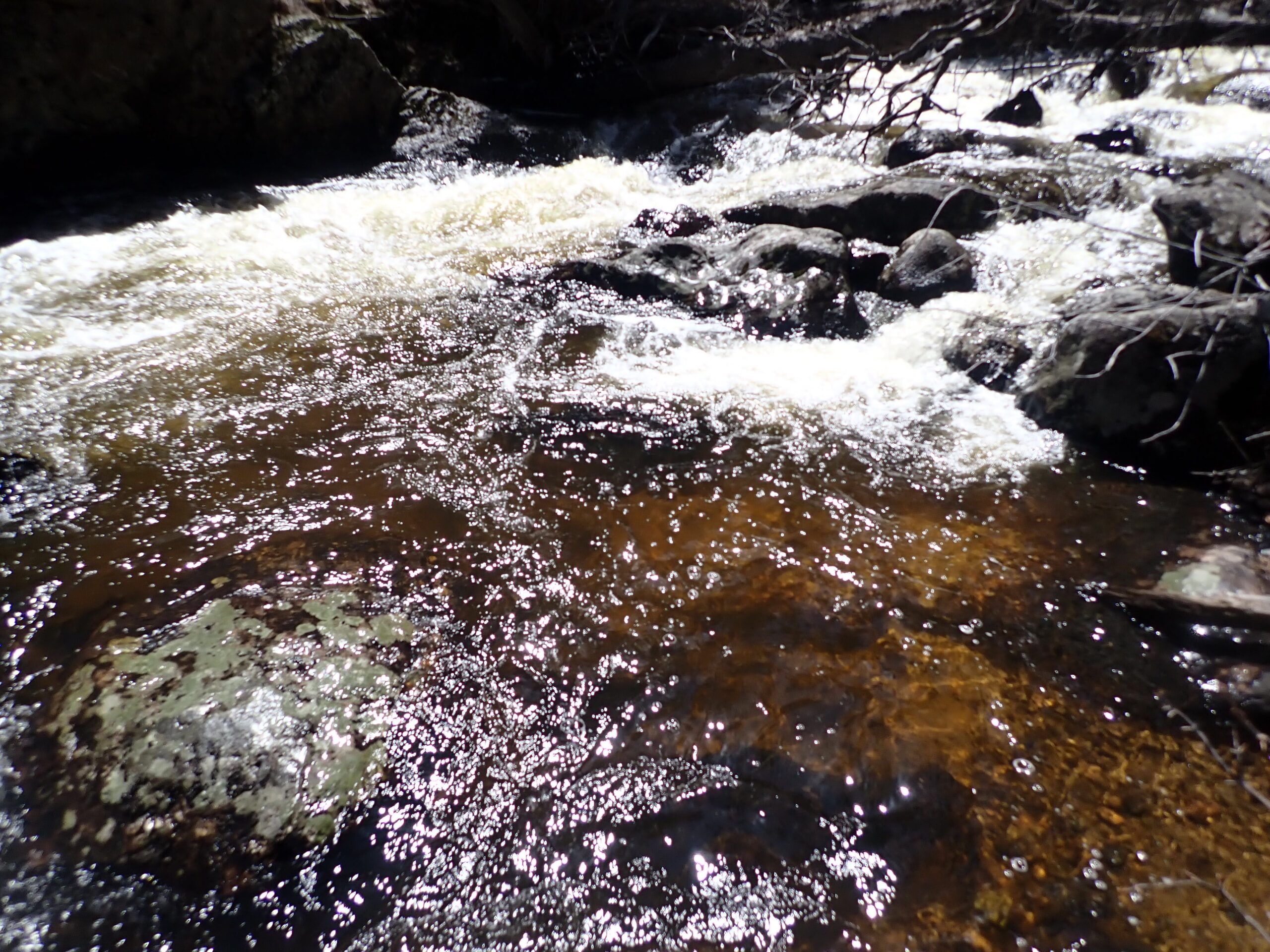 First Small Brown Trout Came from This Spot
First Small Brown Trout Came from This Spot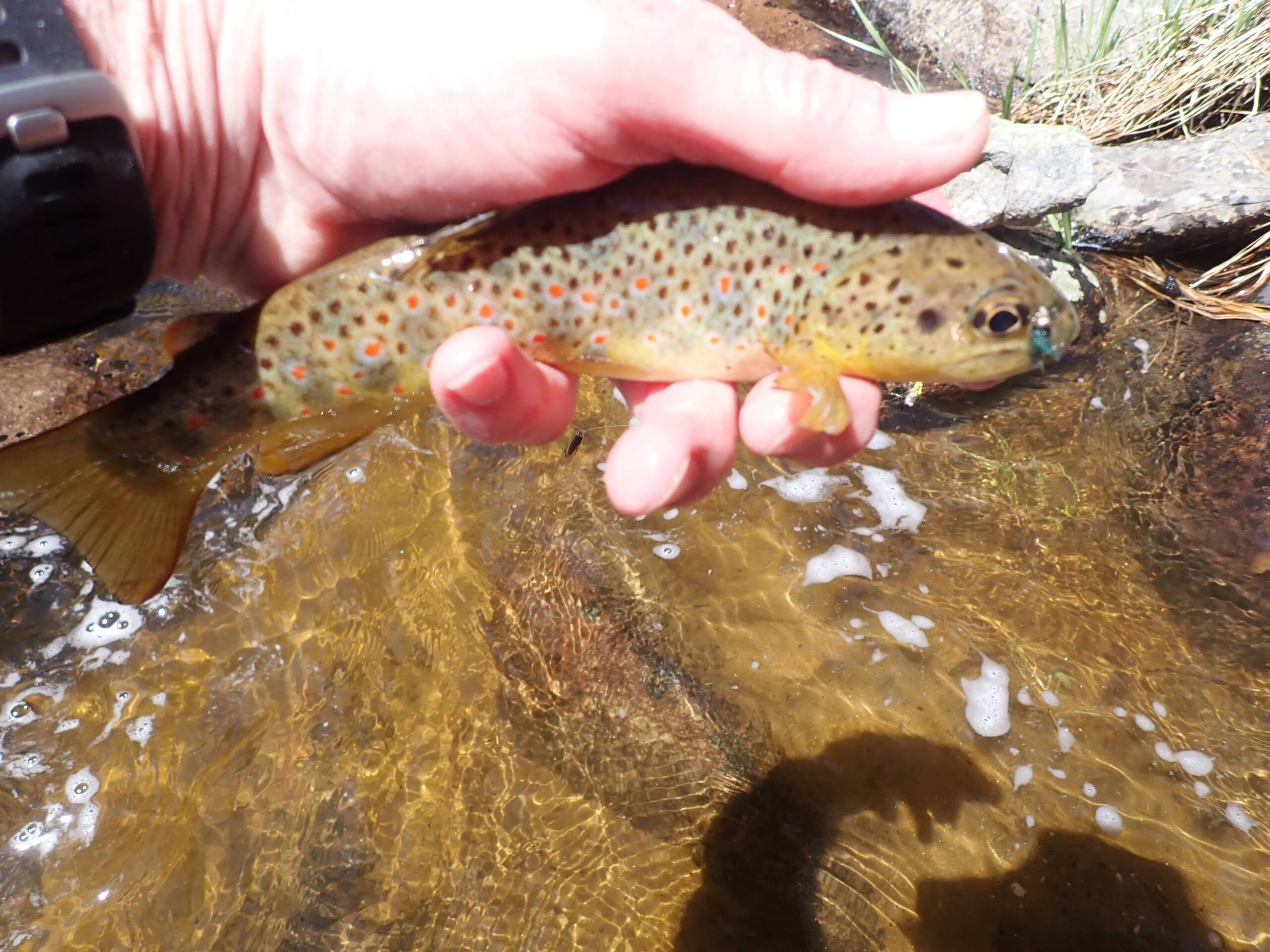 LIttle Guy Was More Than Welcome
LIttle Guy Was More Than Welcome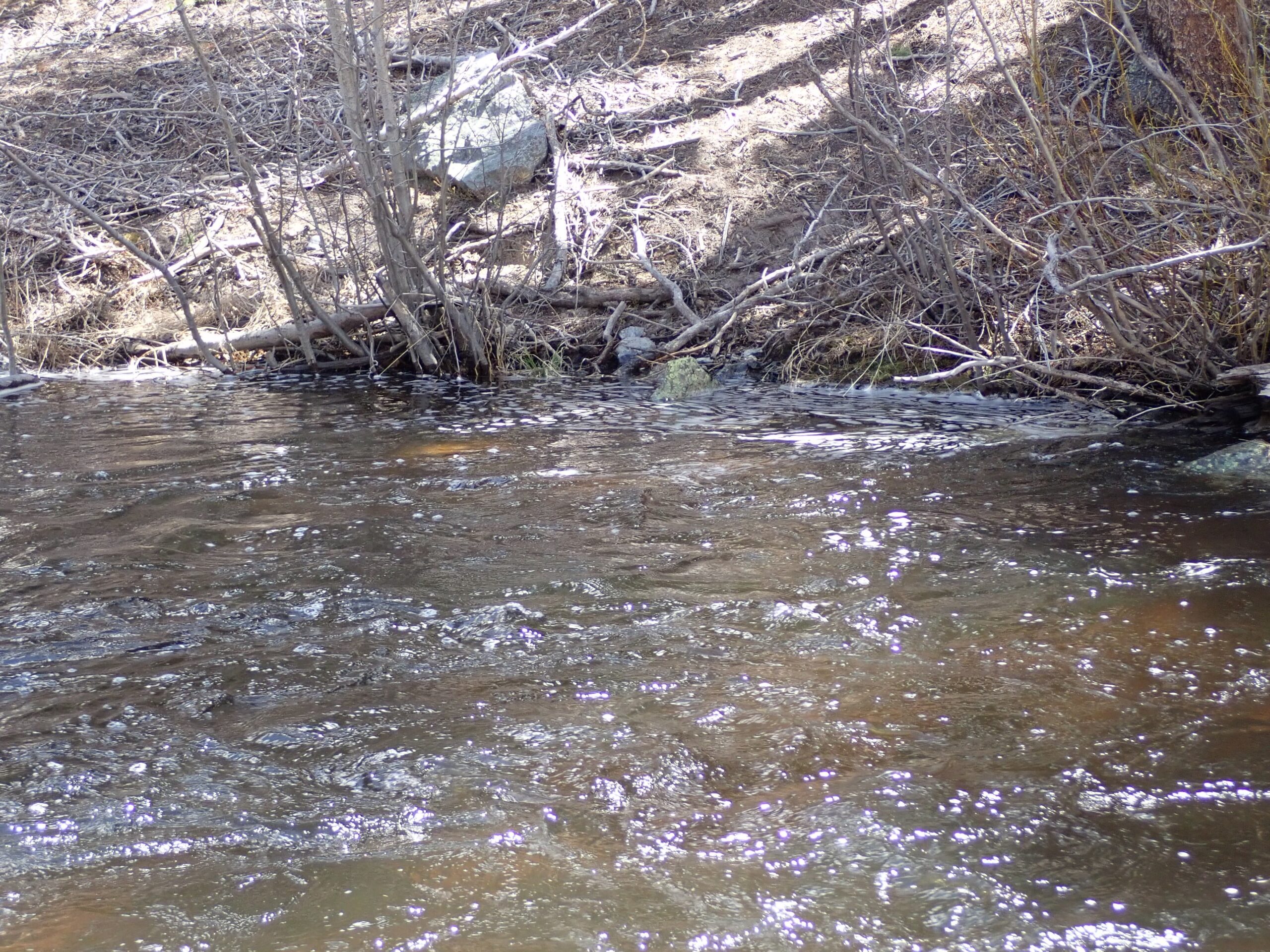 Foam Is Home Produced Number Two
Foam Is Home Produced Number Two
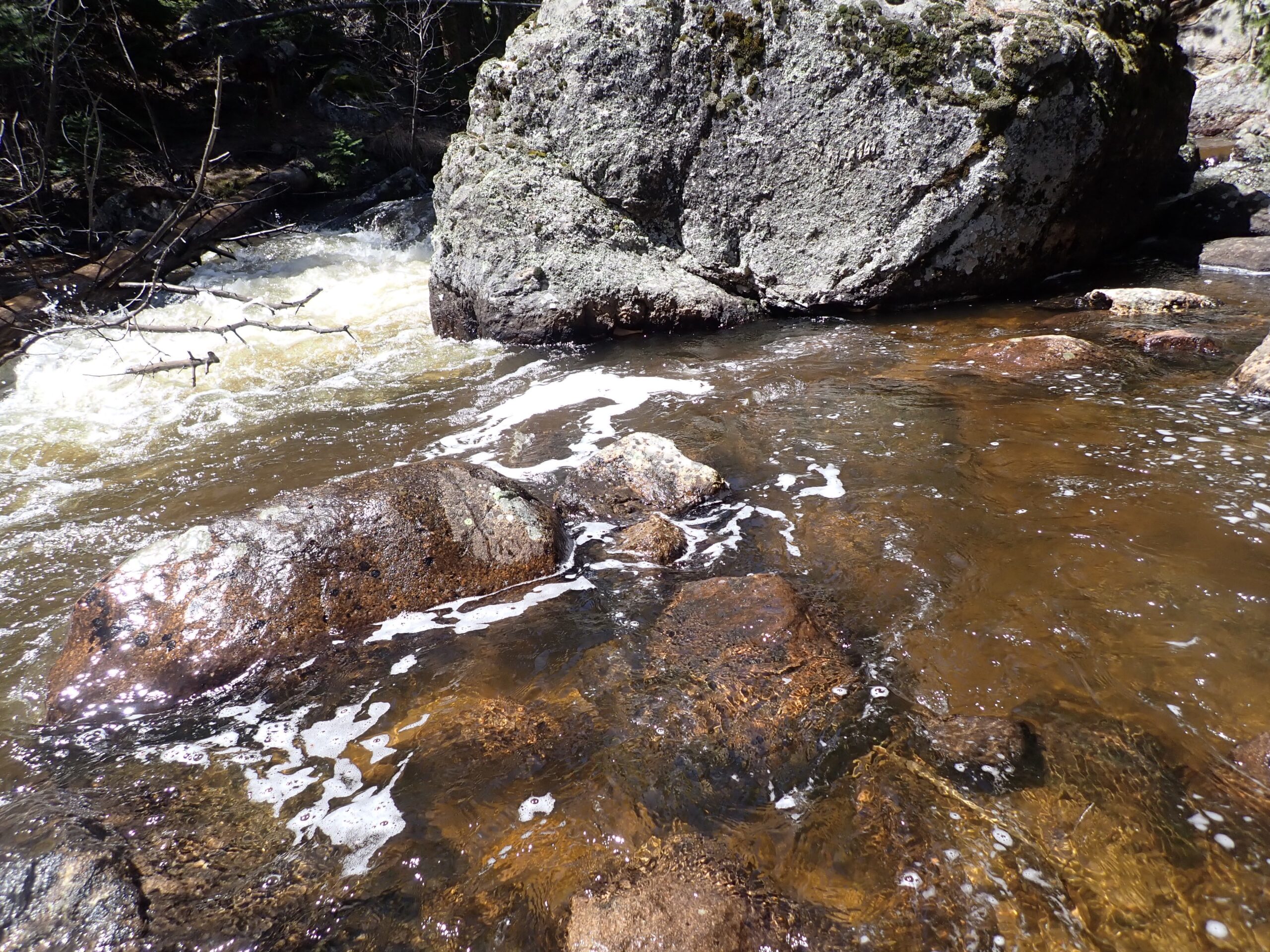 High But Clear Glacier Creek
High But Clear Glacier Creek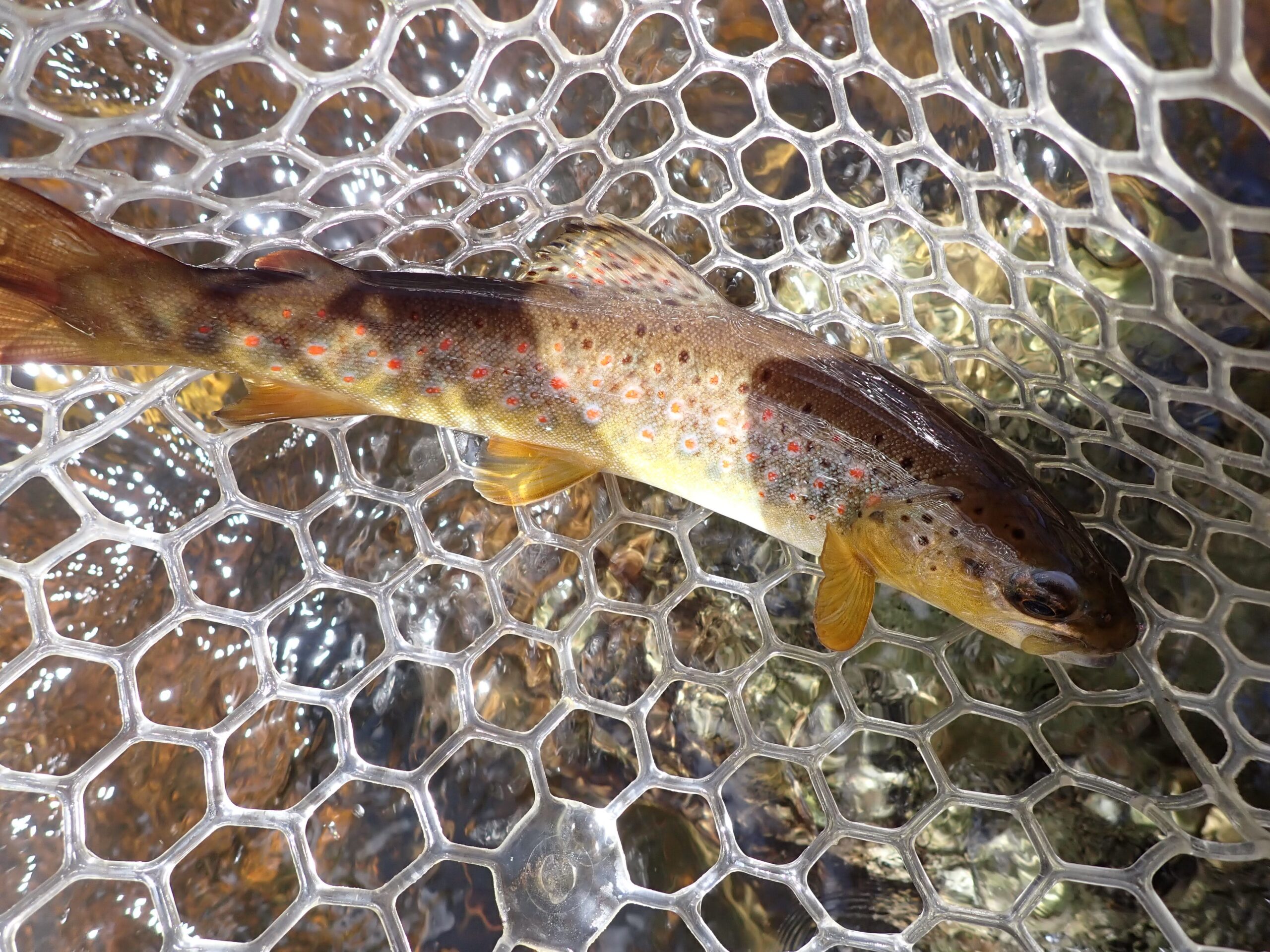 Number Two
Number Two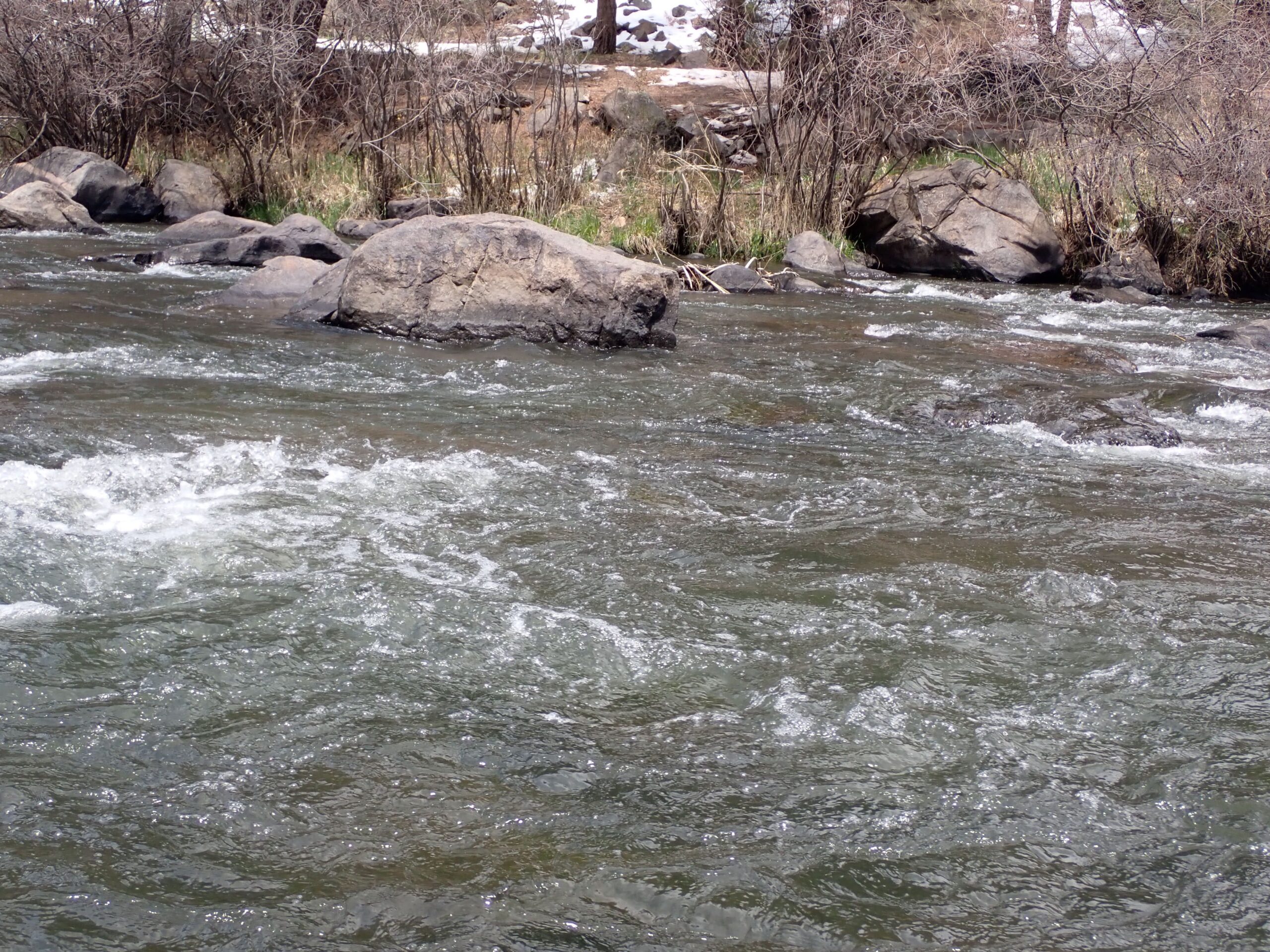 130 CFS and Slightly Stained
130 CFS and Slightly Stained First Fish of the Day
First Fish of the Day Rainbow Trout Before Lunch
Rainbow Trout Before Lunch Rising Trout to Blue Wing Olive Hatch in This Area
Rising Trout to Blue Wing Olive Hatch in This Area Late Afternoon Catch
Late Afternoon Catch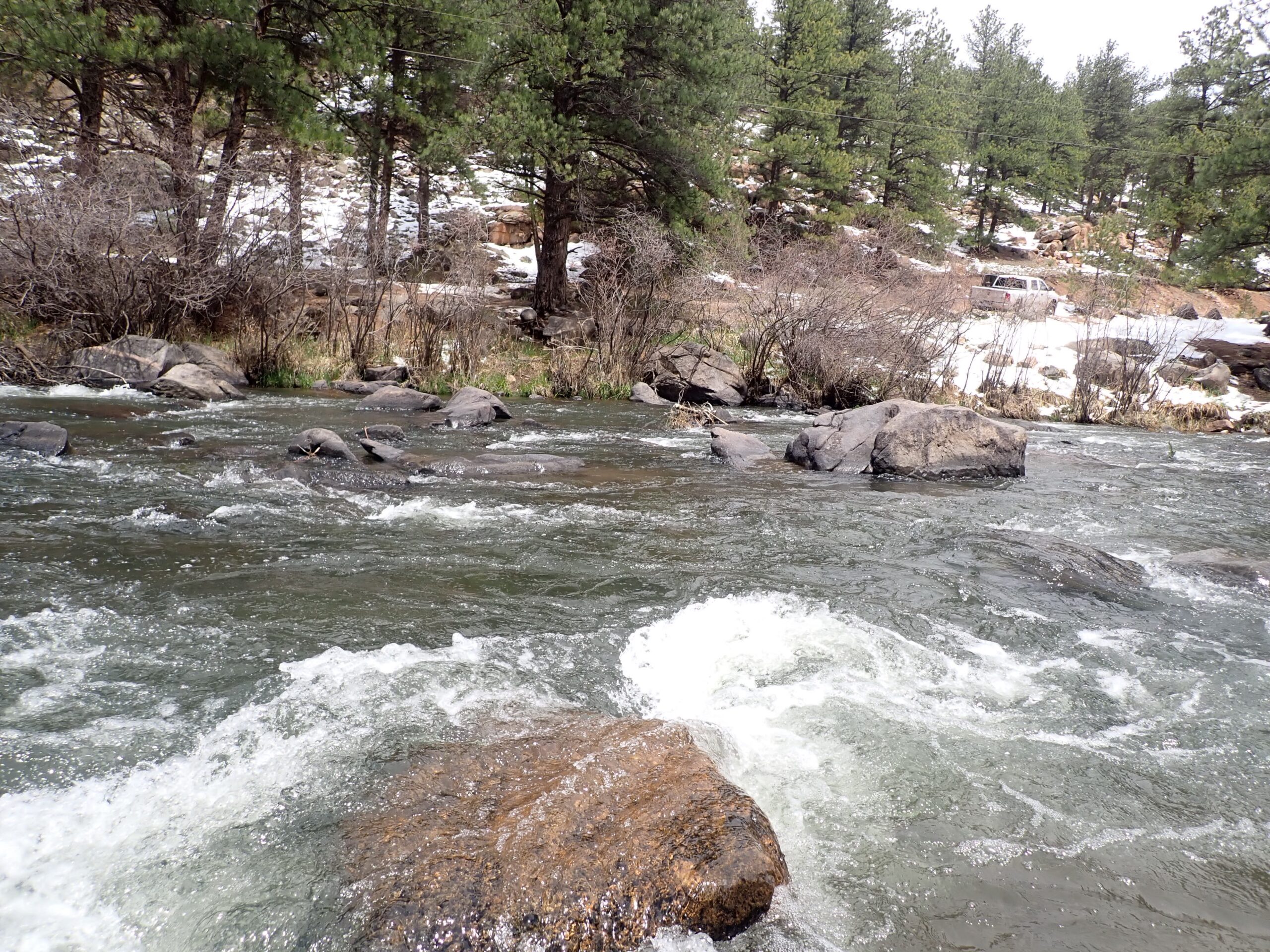 I Like This Pocket Water Section
I Like This Pocket Water Section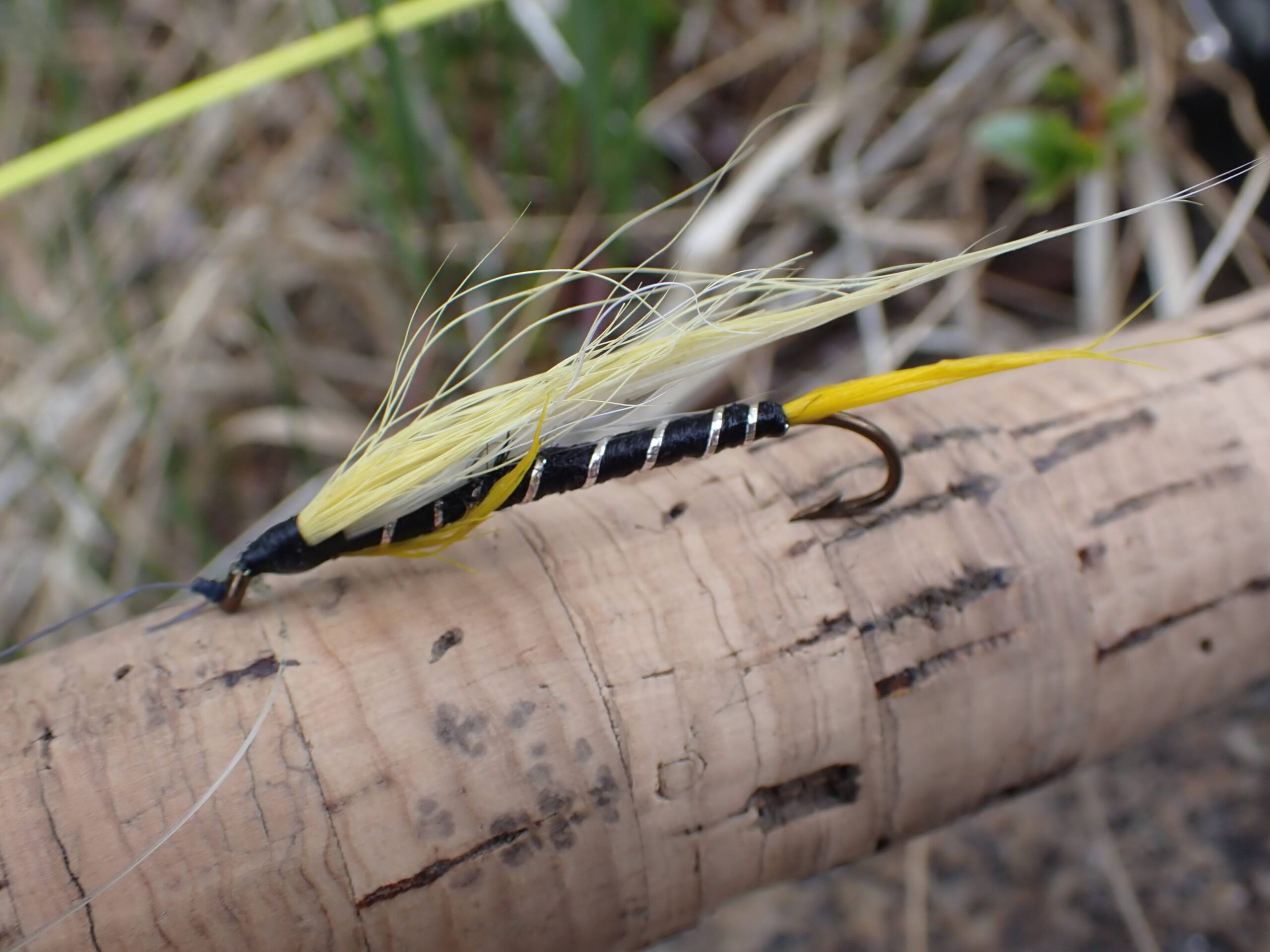 Black Ghost Was a Star Performer
Black Ghost Was a Star Performer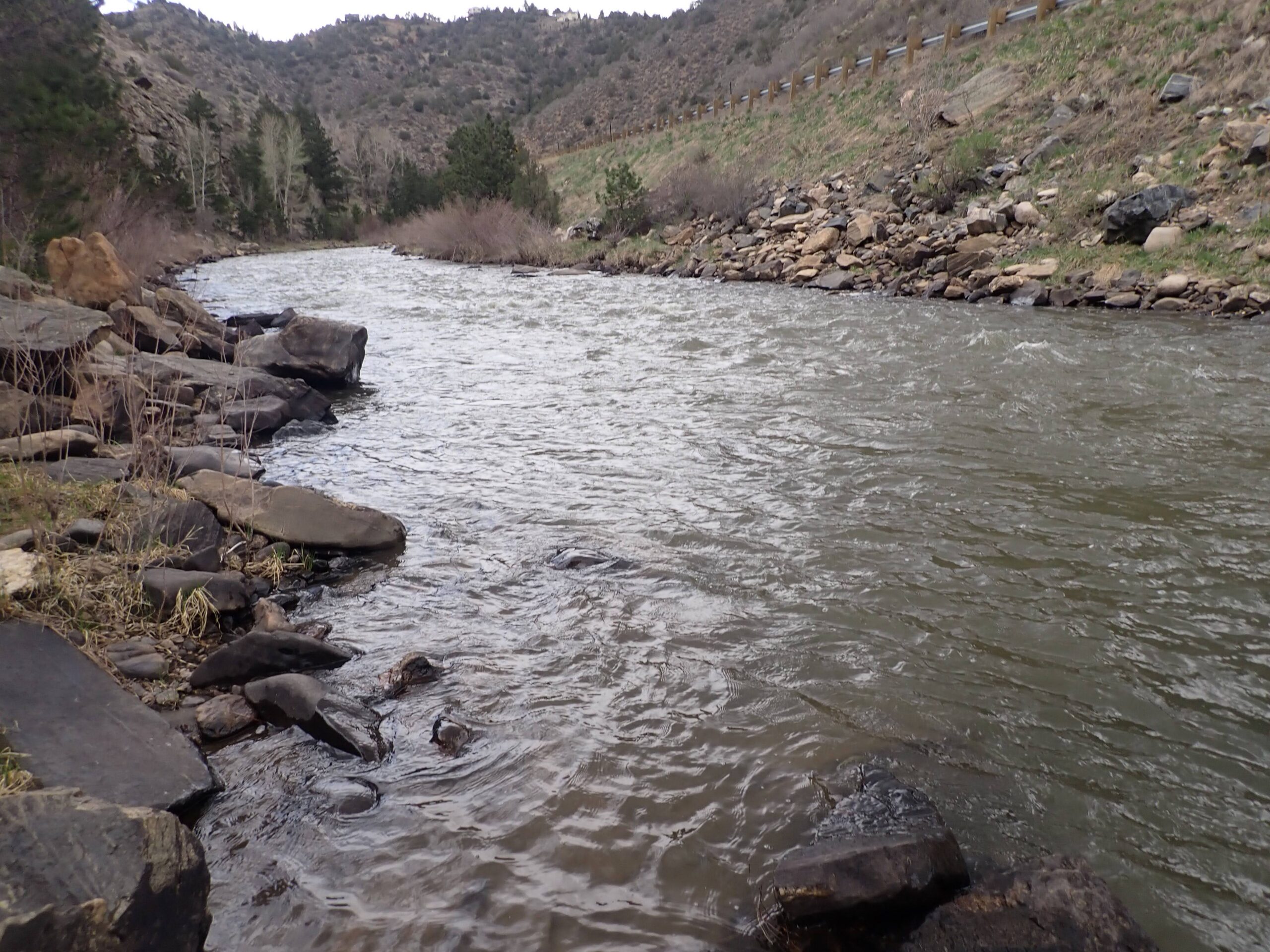 Rainbow Home
Rainbow Home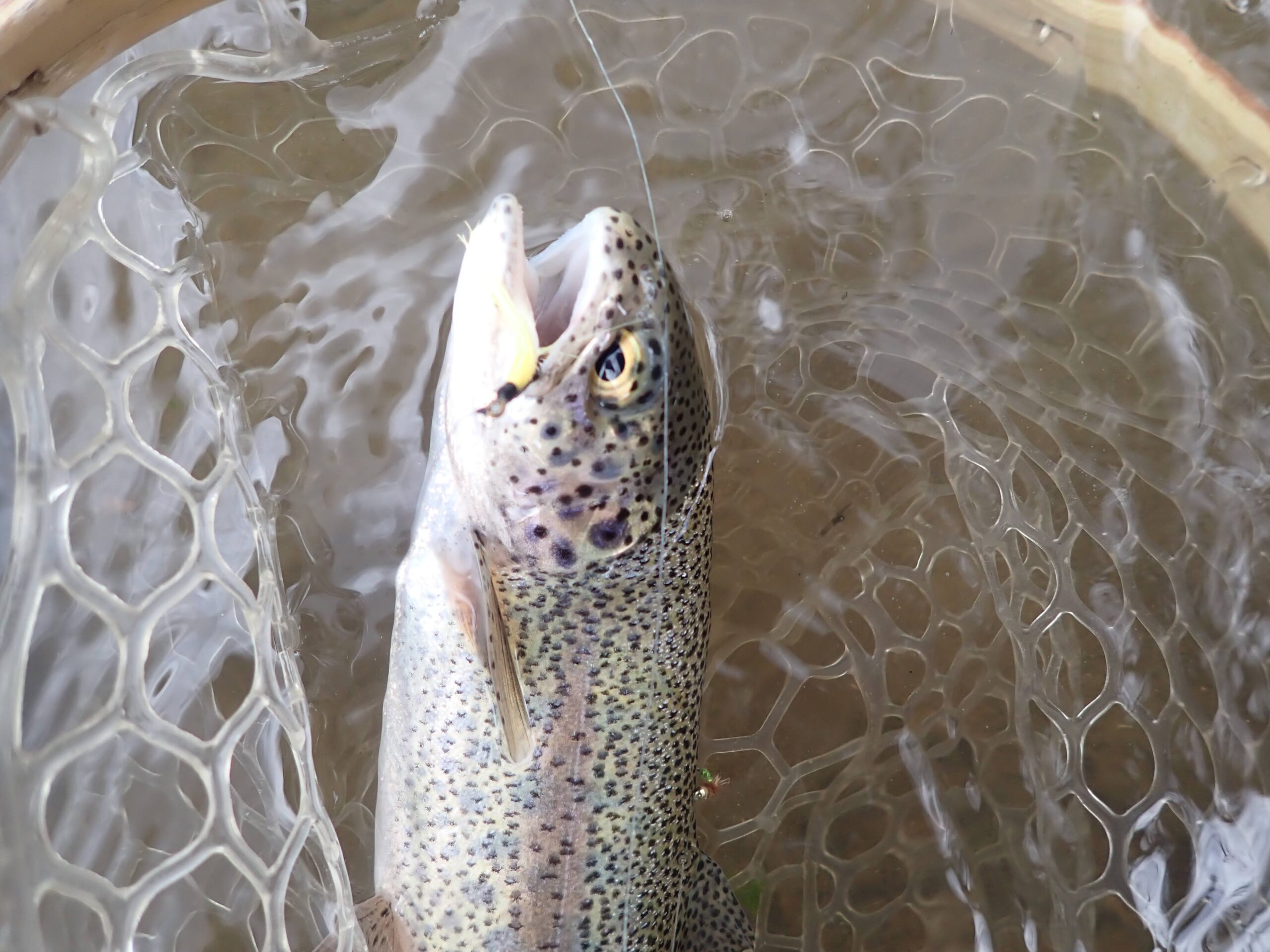 Head Shot with Black Ghost
Head Shot with Black Ghost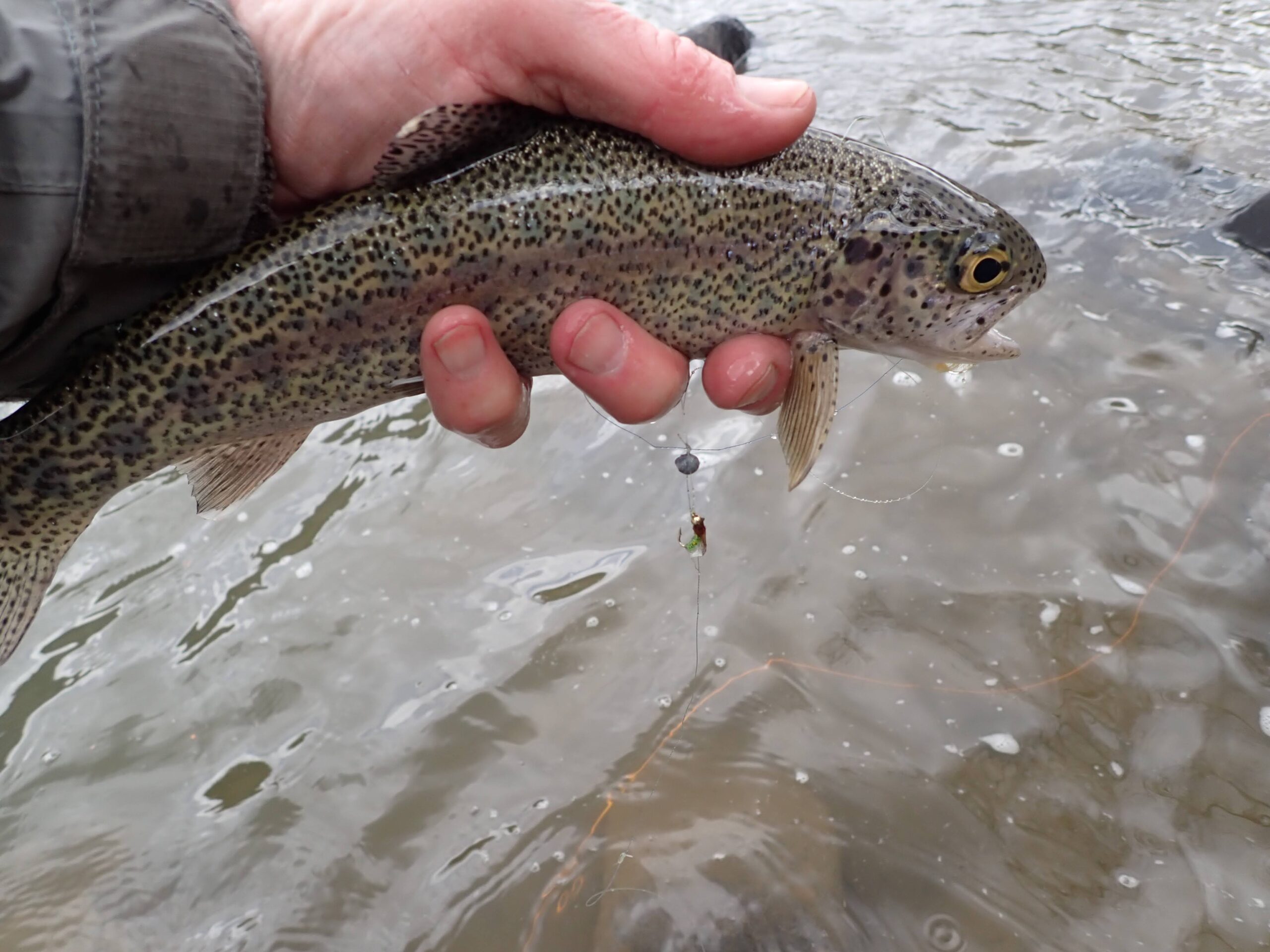 Rainbow Stretched Out
Rainbow Stretched Out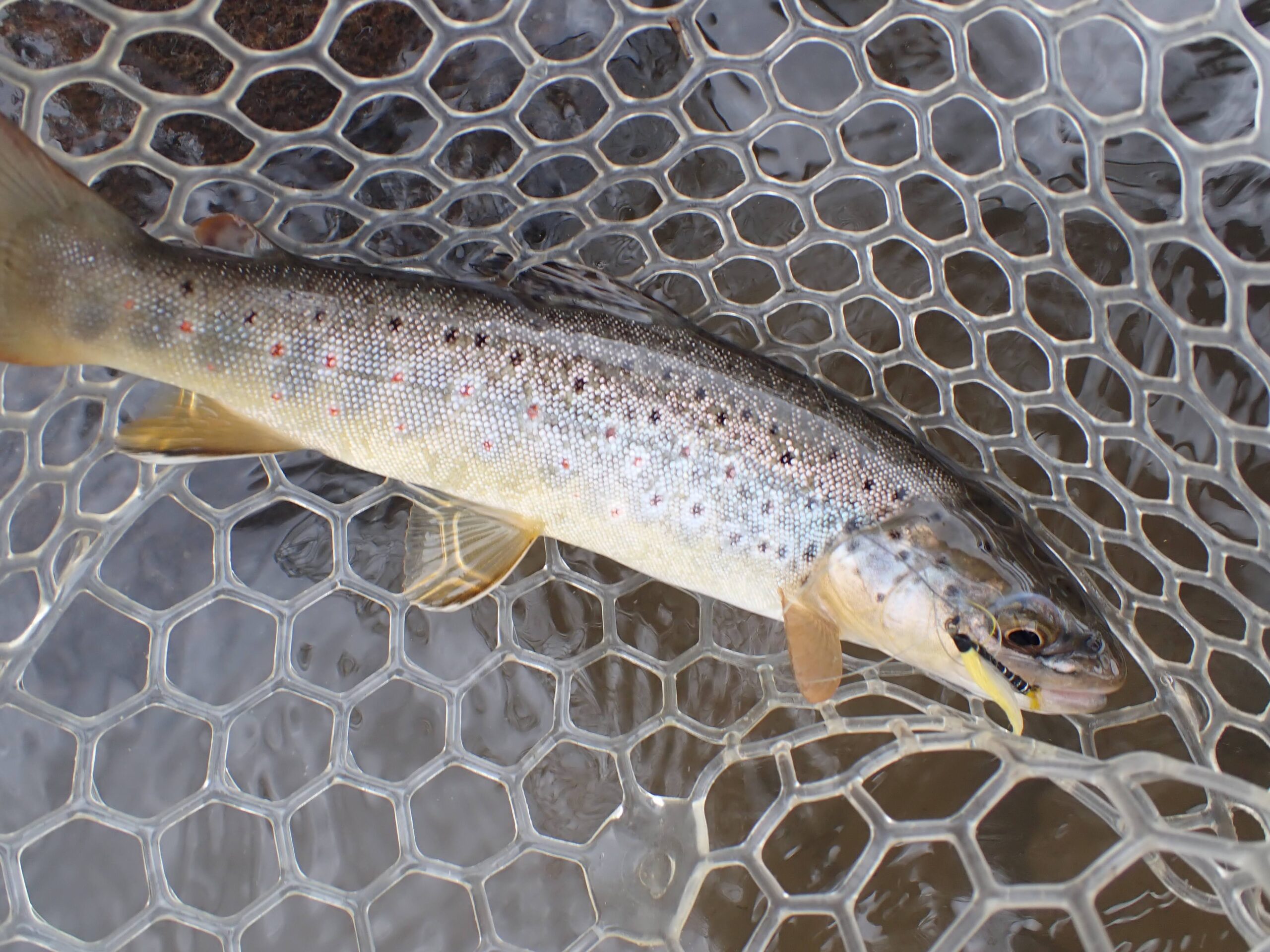 Brown Trout Like Black Ghosts Too
Brown Trout Like Black Ghosts Too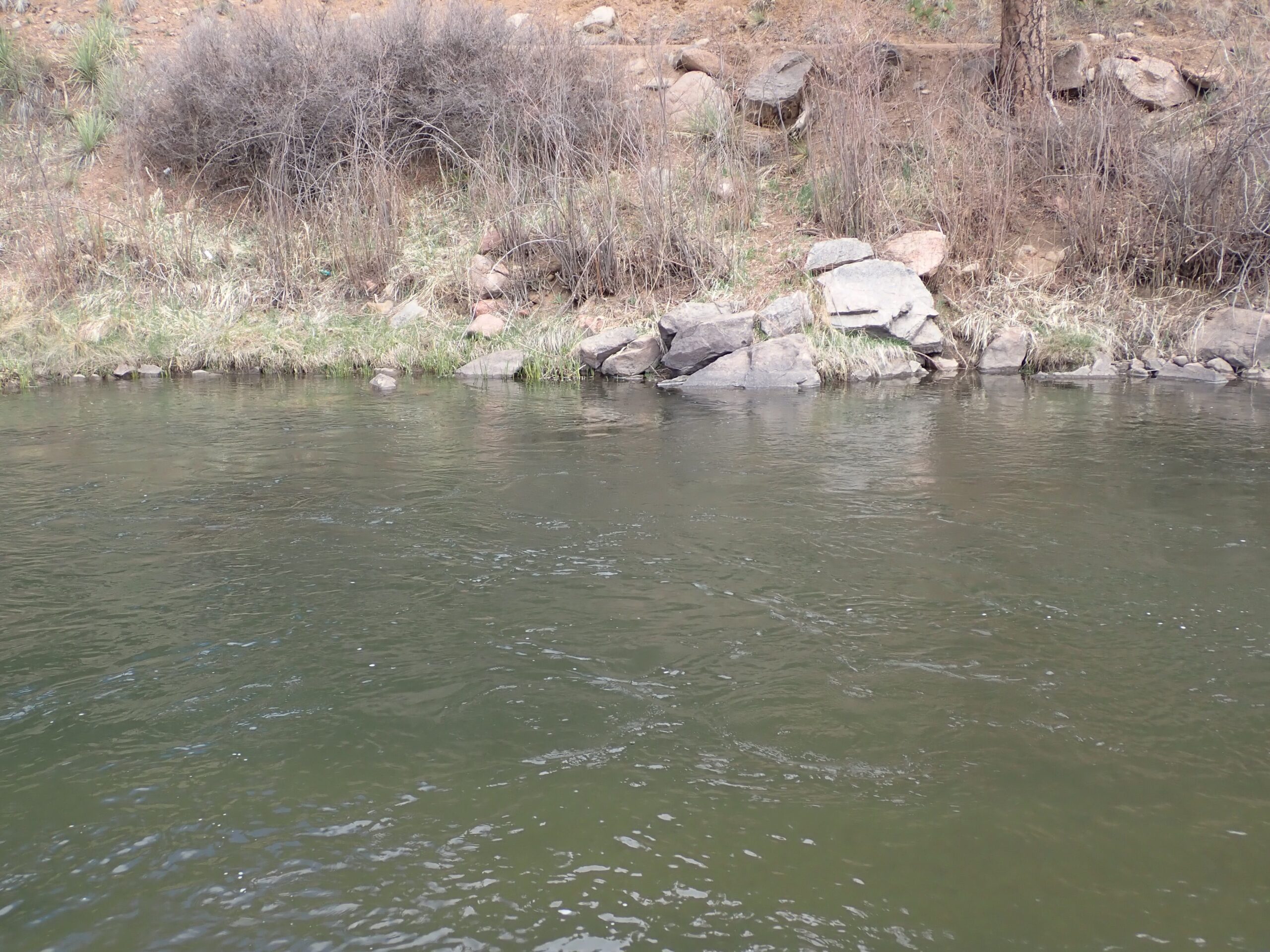 Scene of a Couple Rises
Scene of a Couple Rises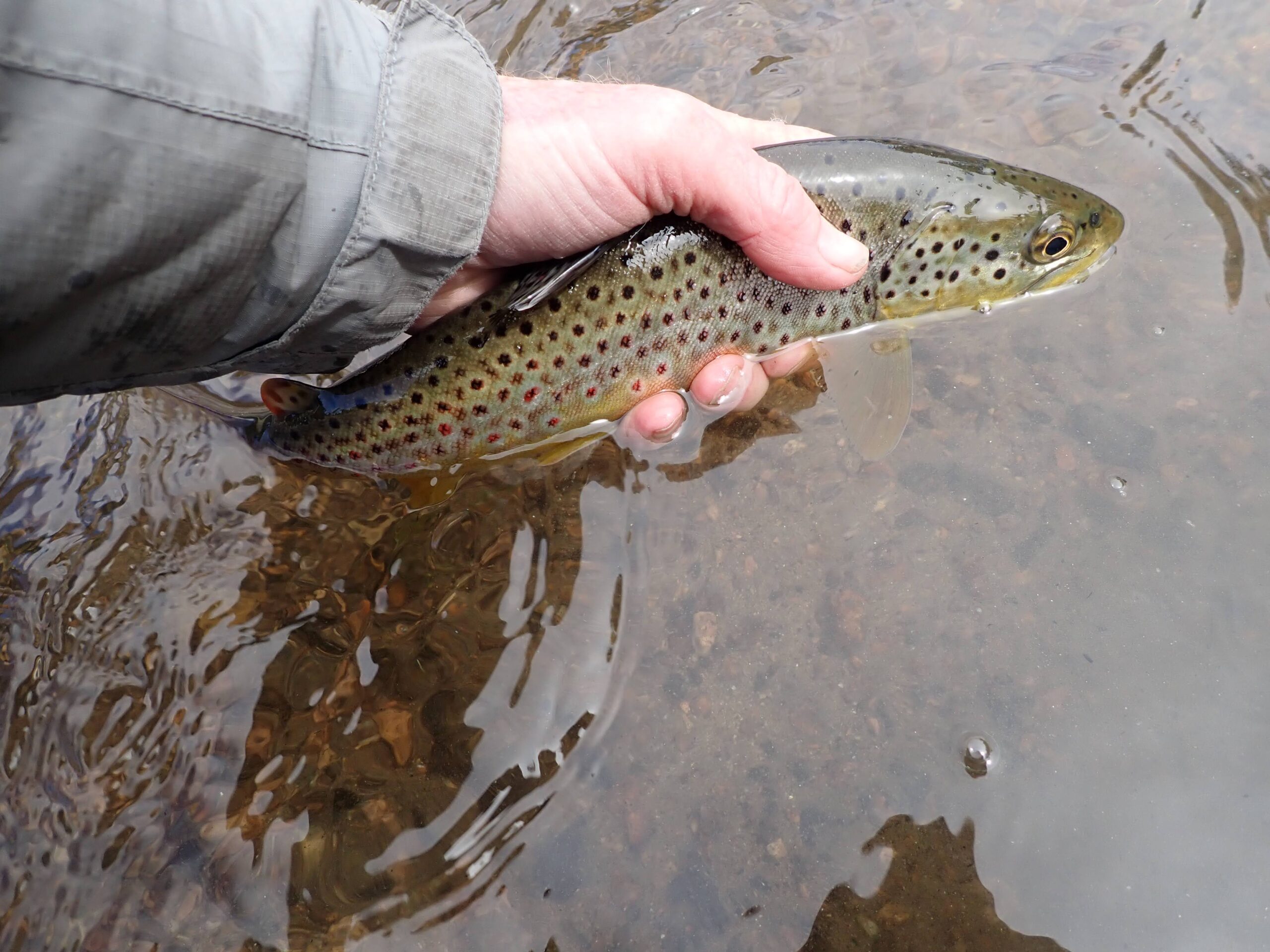 First Trout Was a Brown
First Trout Was a Brown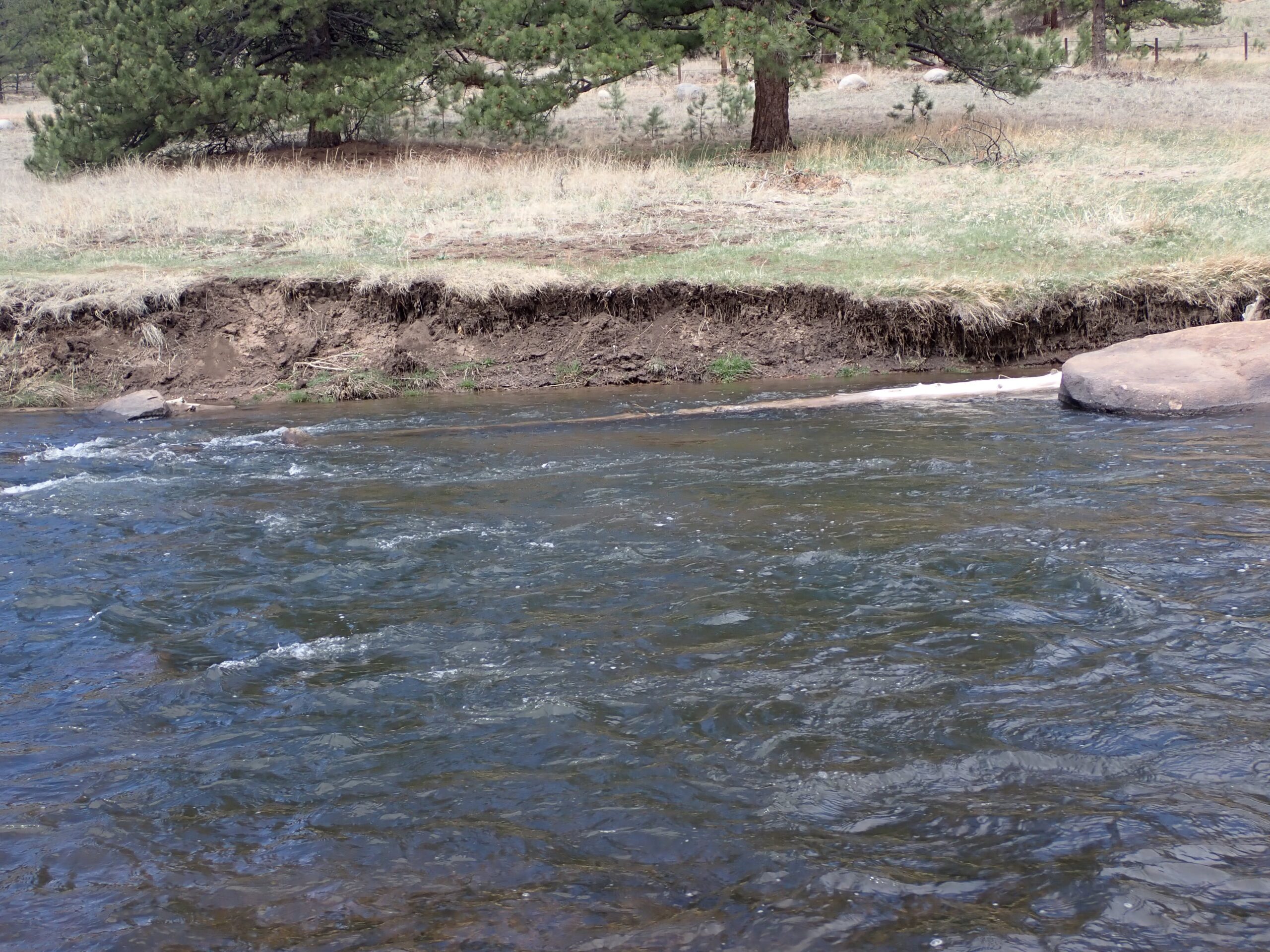 Home of the Wild Brown Next to the Log
Home of the Wild Brown Next to the Log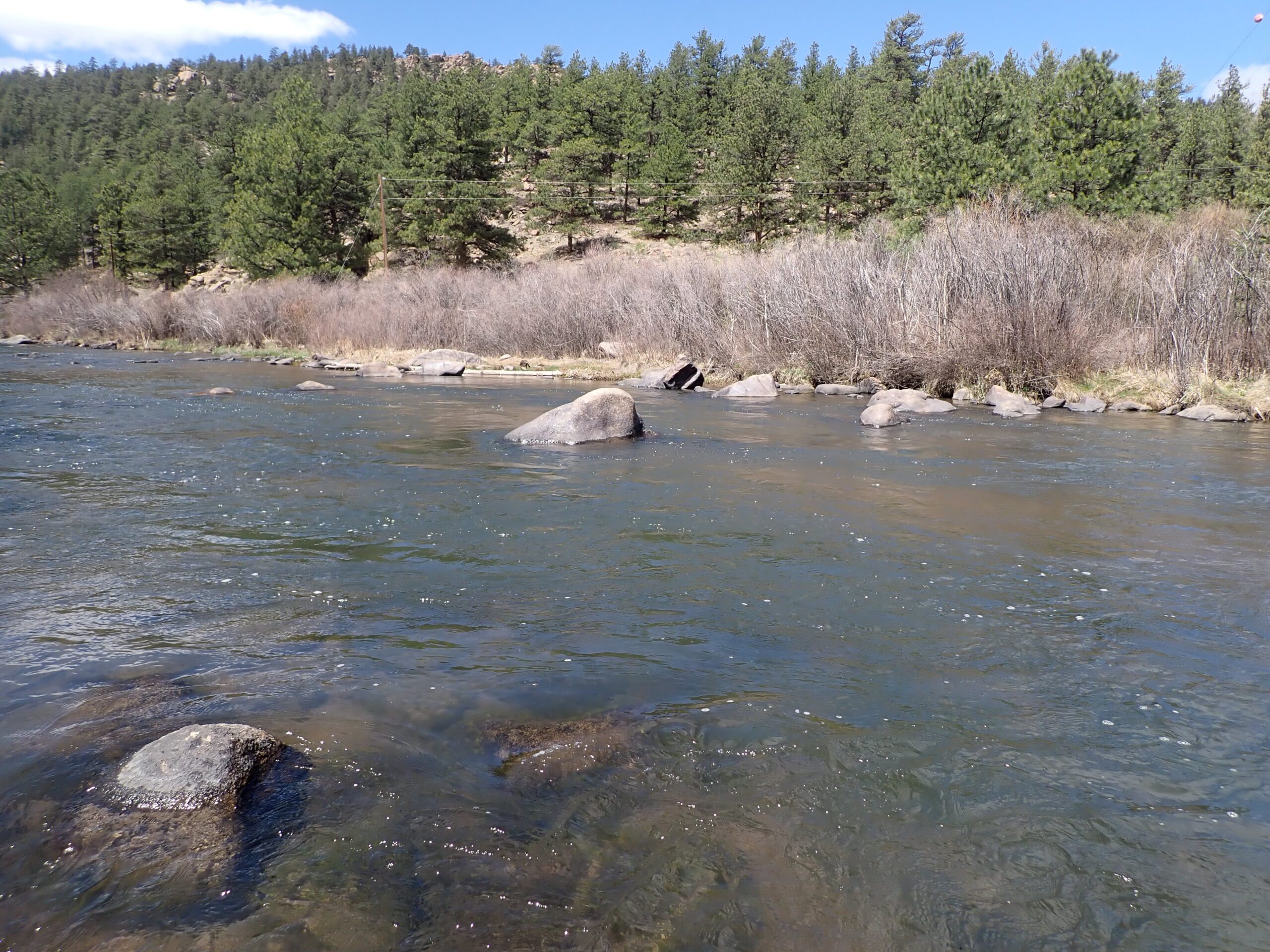 Type of Water Where I Was Swinging and Lifting
Type of Water Where I Was Swinging and Lifting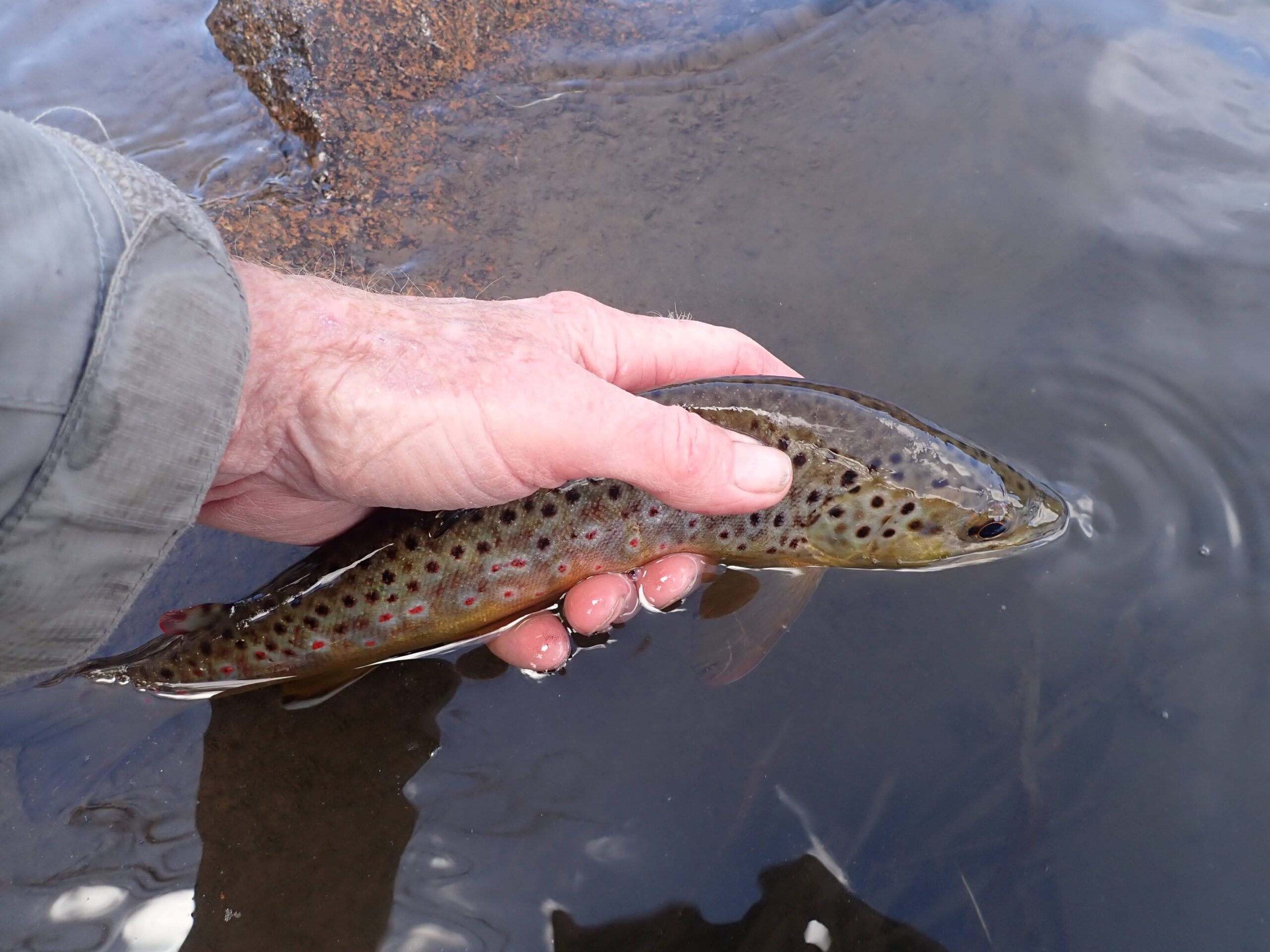 Took 20 Incher on the Swing
Took 20 Incher on the Swing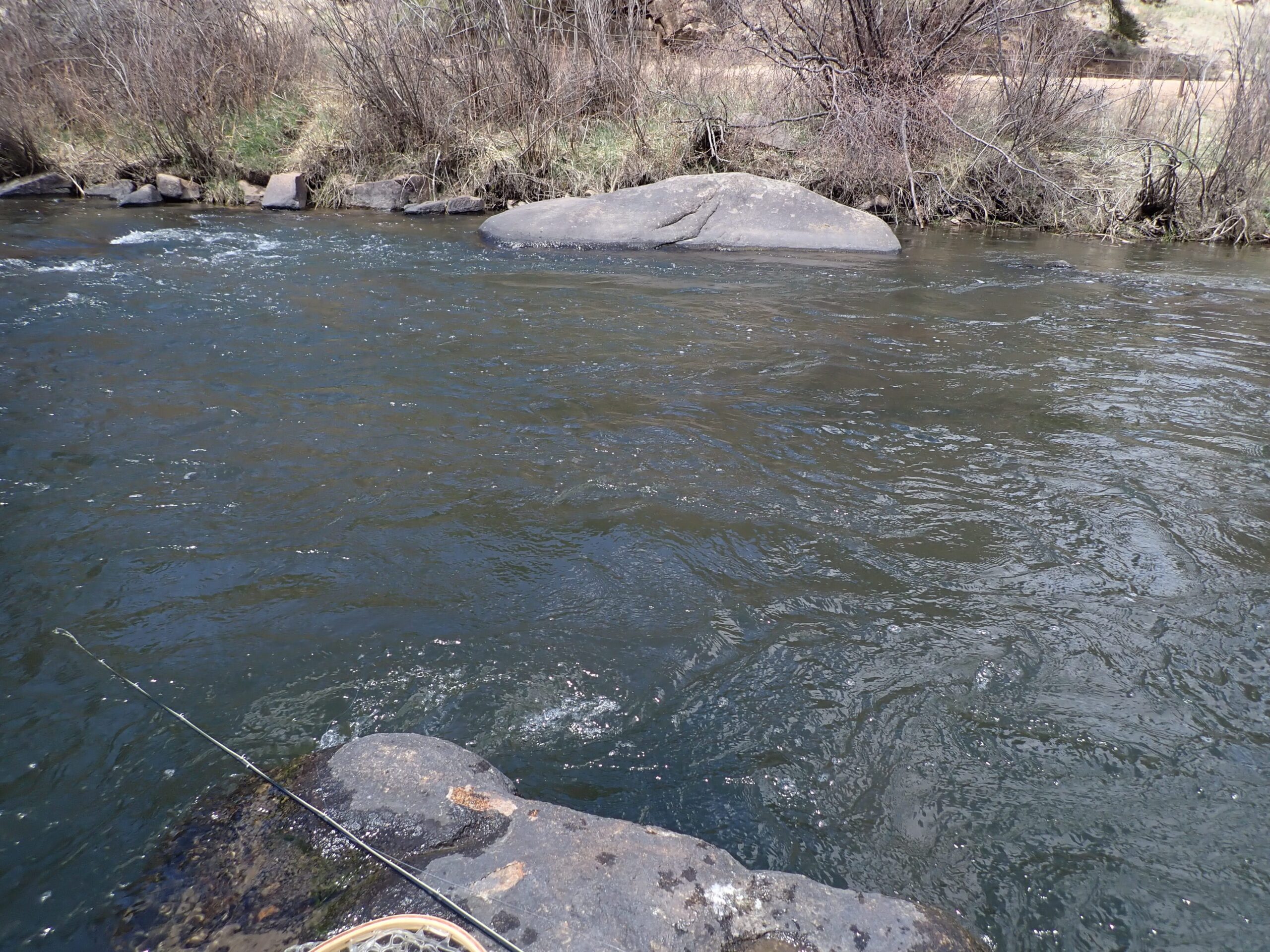 Area Where I First Noticed the Hatch
Area Where I First Noticed the Hatch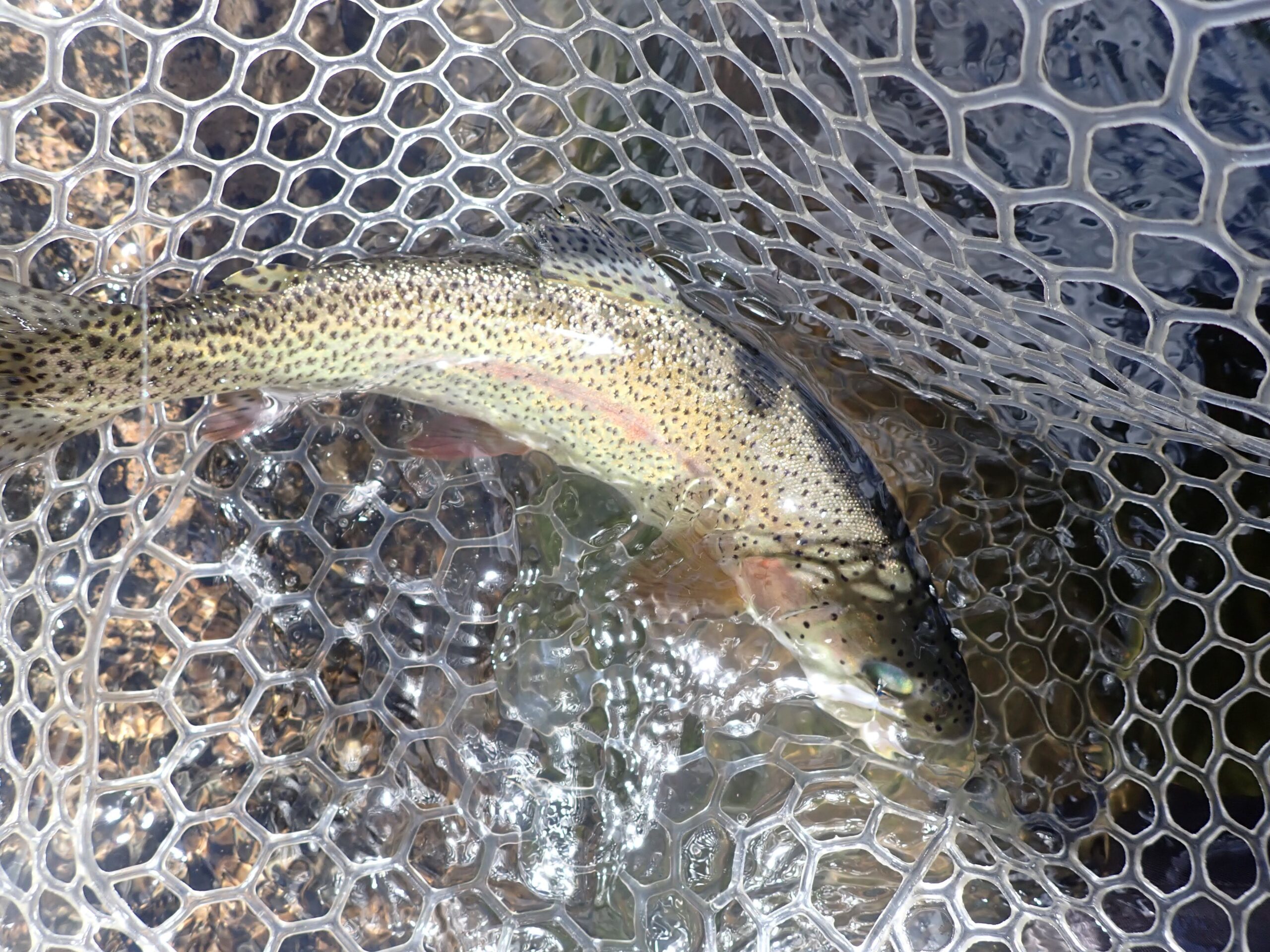 An Early Dry Fly Eater
An Early Dry Fly Eater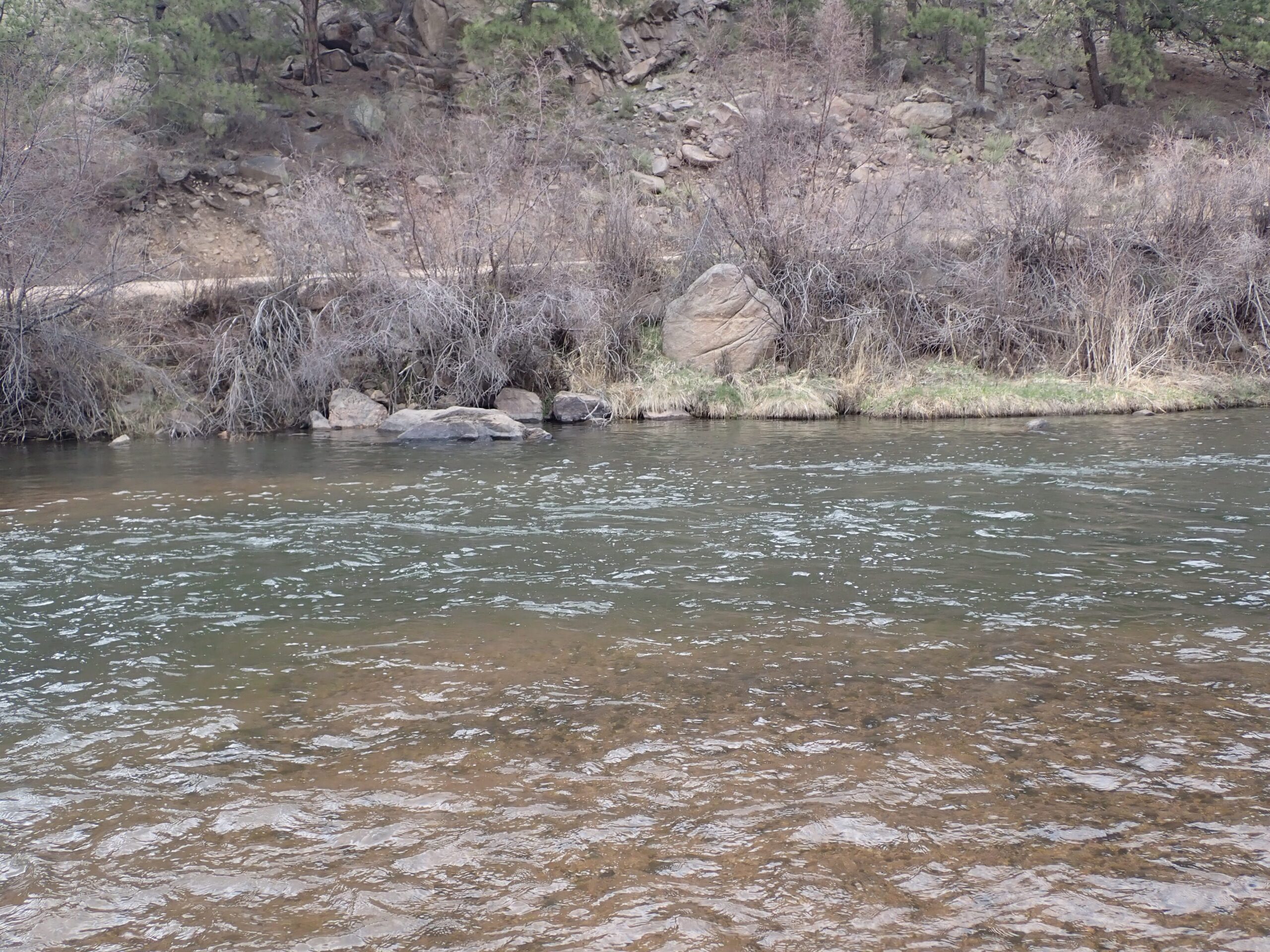 Most of My Dry Fly Action Was Here
Most of My Dry Fly Action Was Here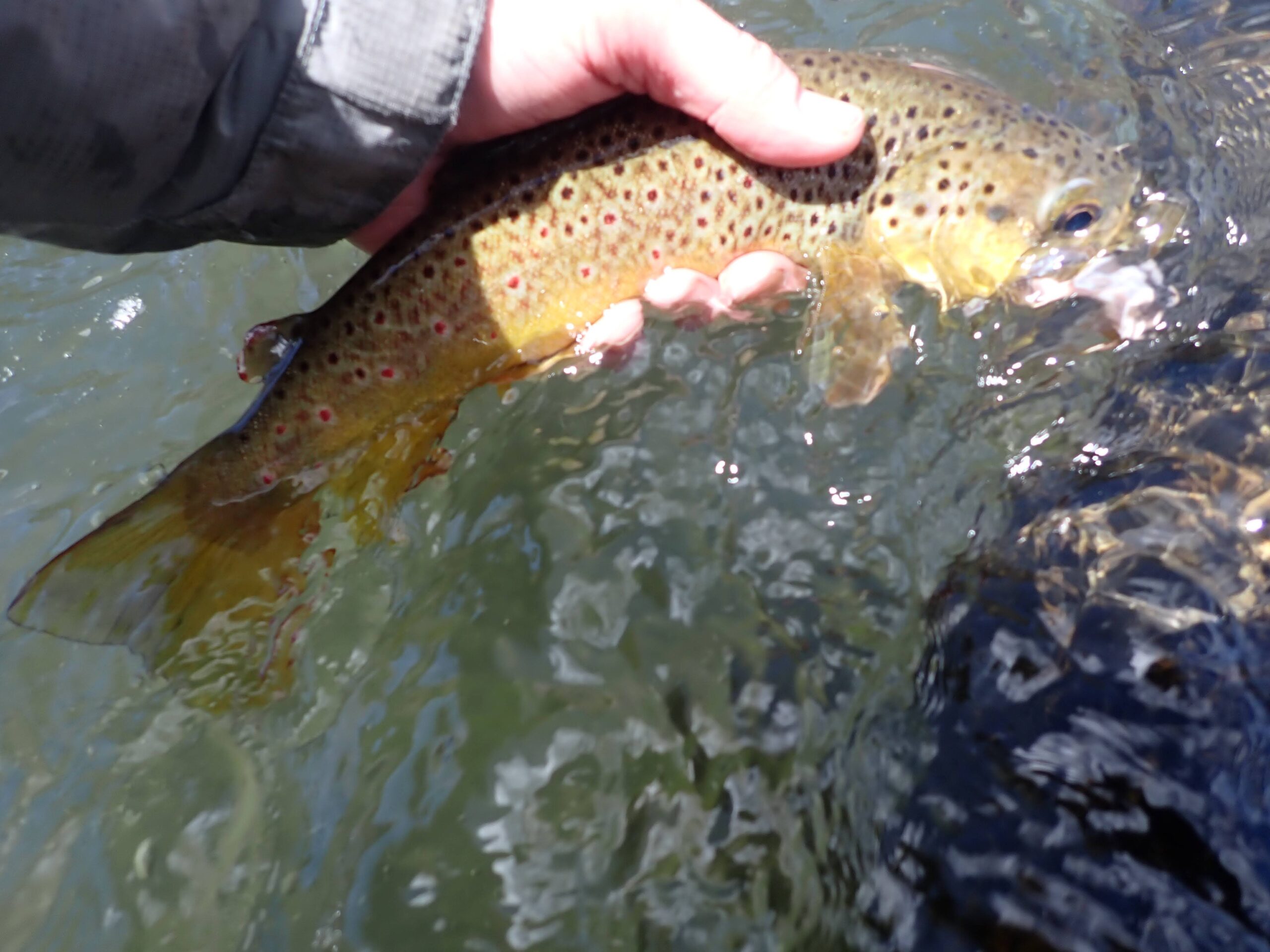 A Fine Wild Brown Trout
A Fine Wild Brown Trout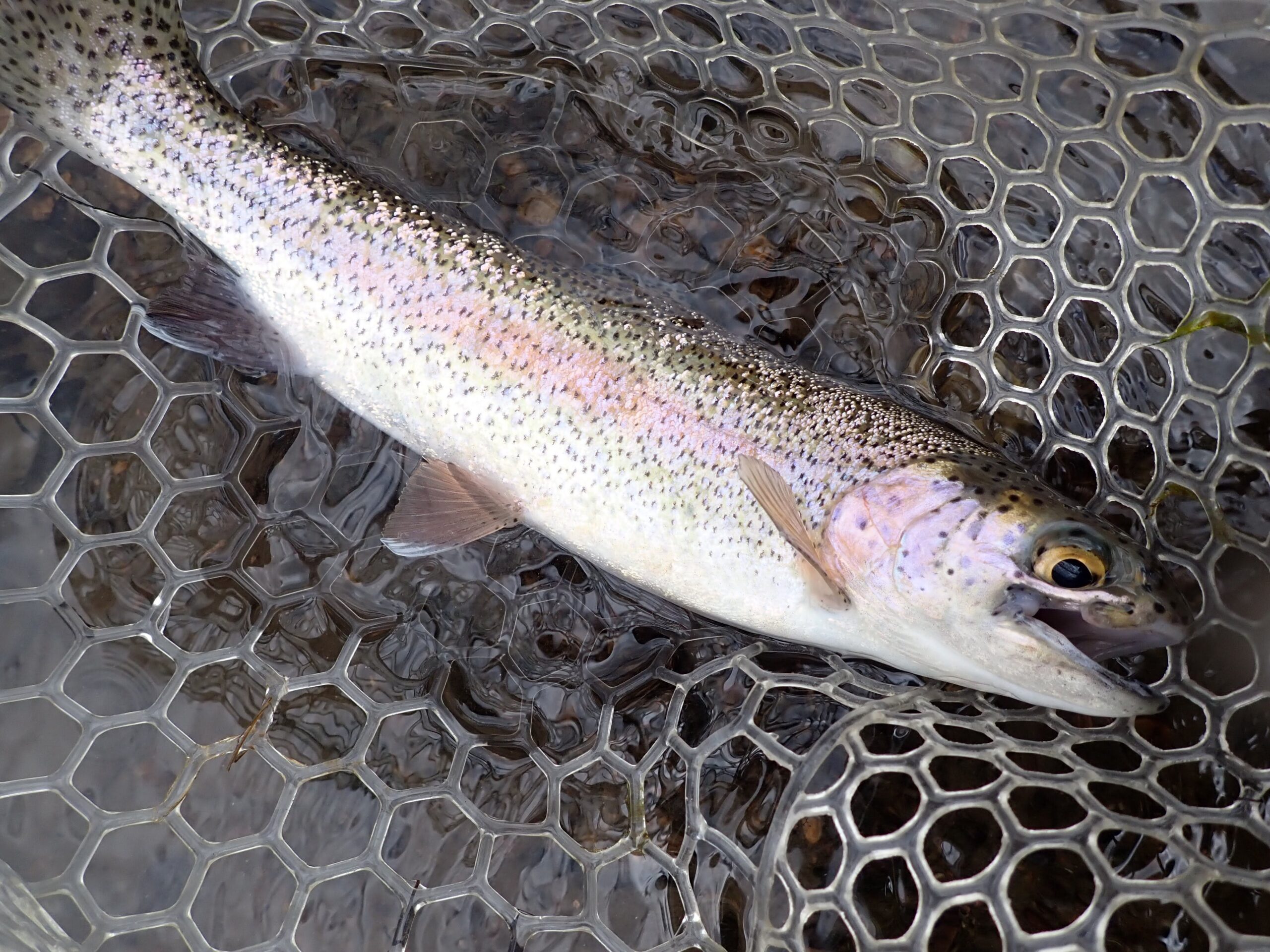 Hatch Feeder
Hatch Feeder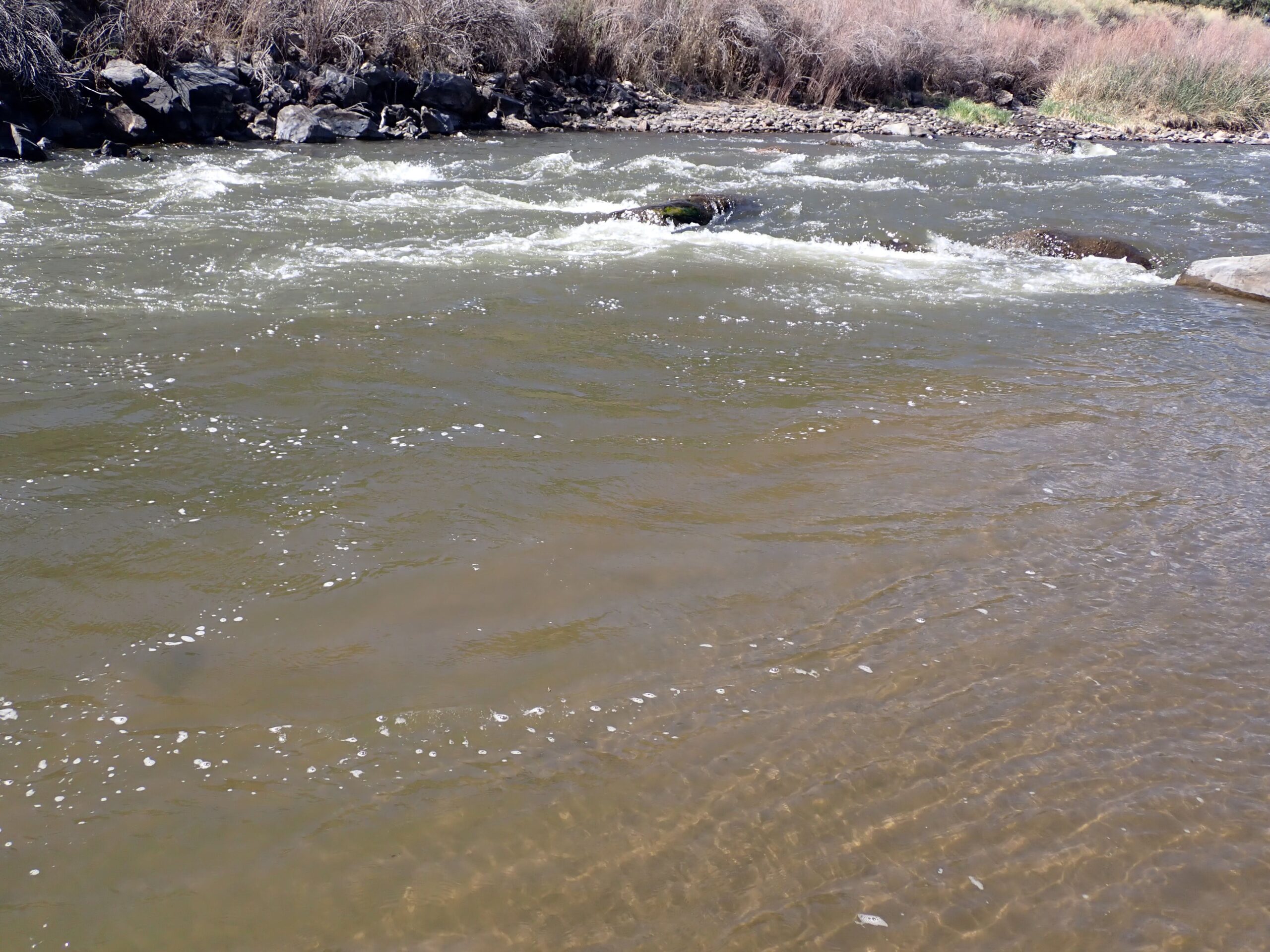
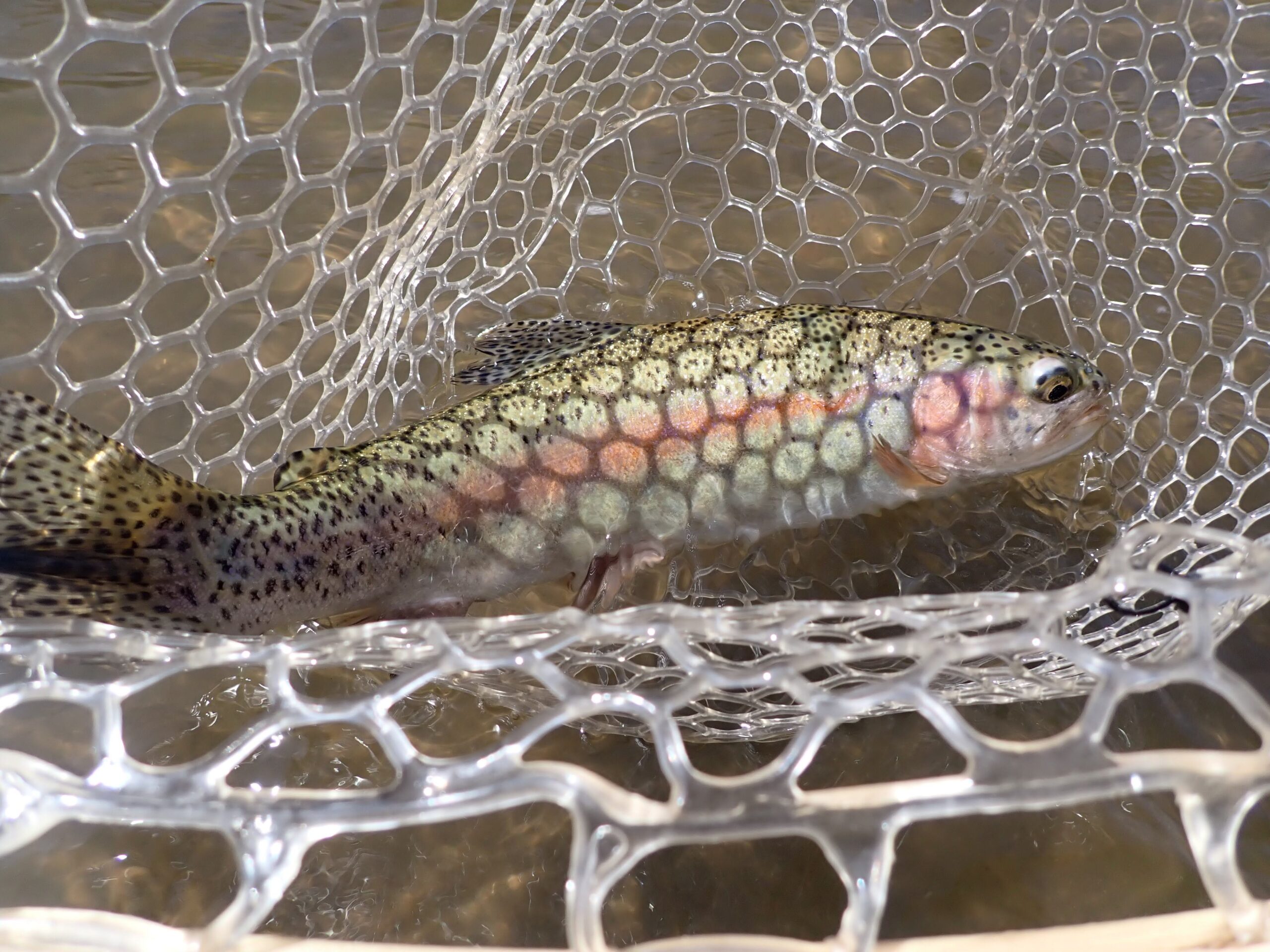
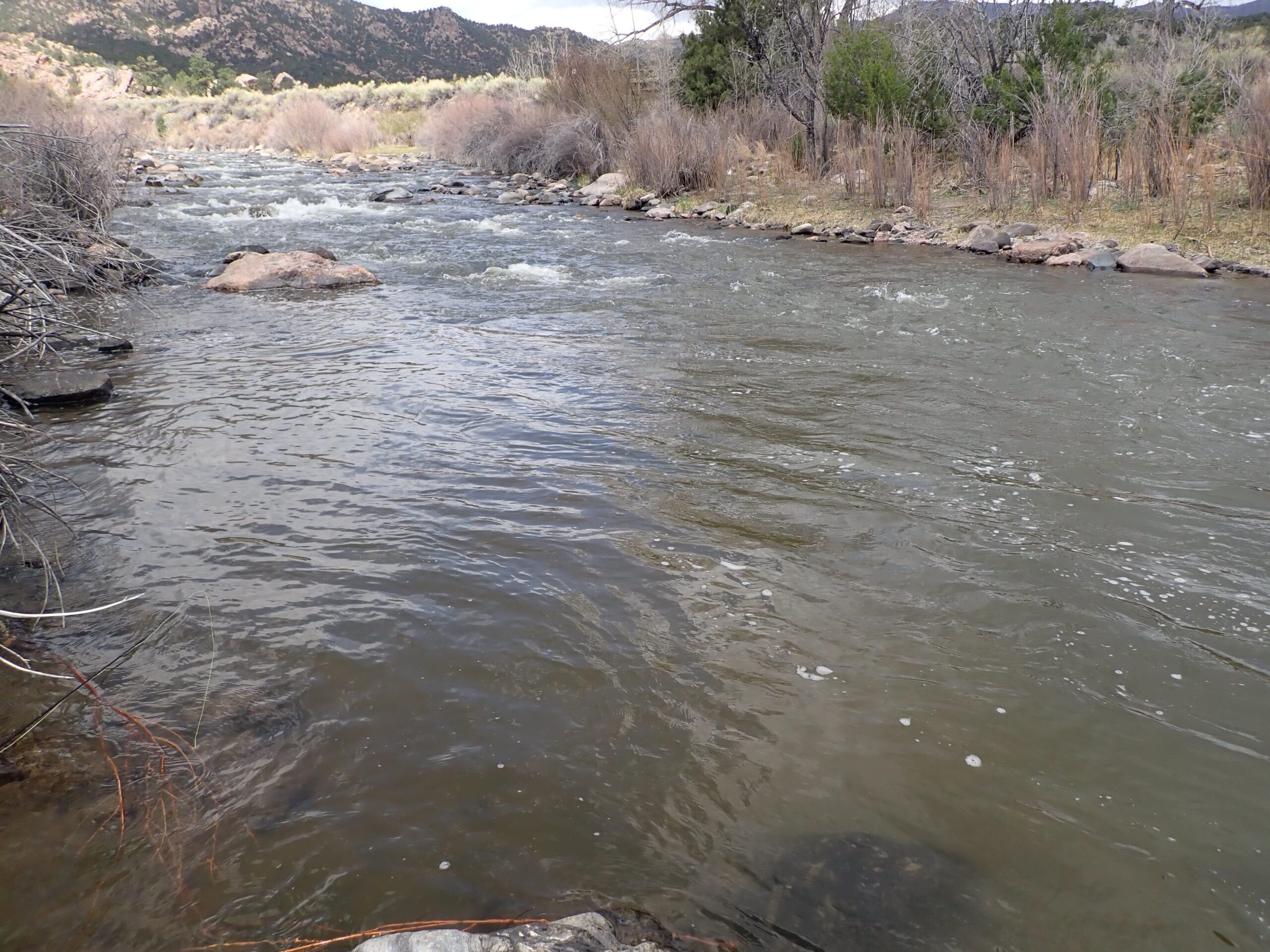
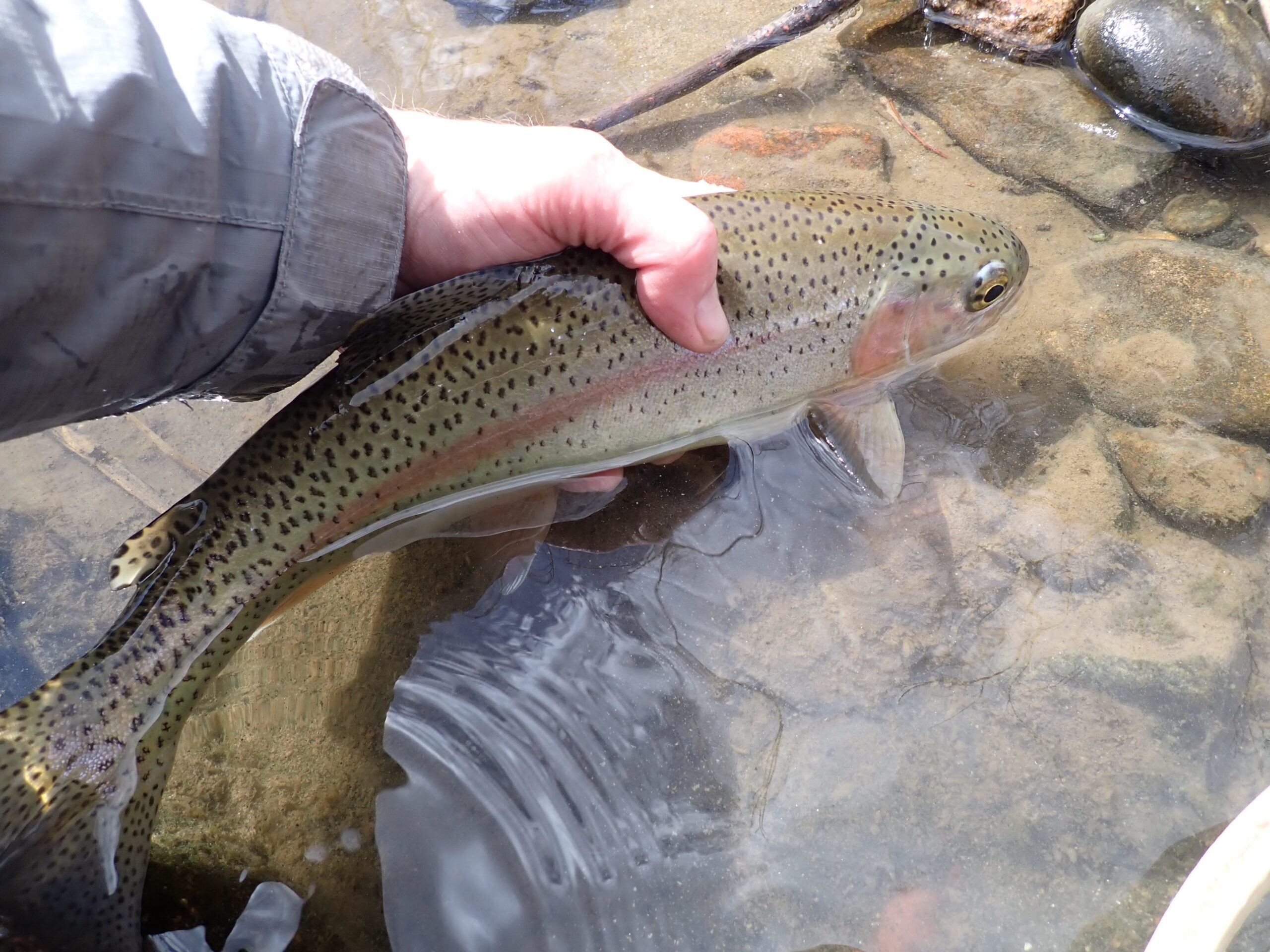








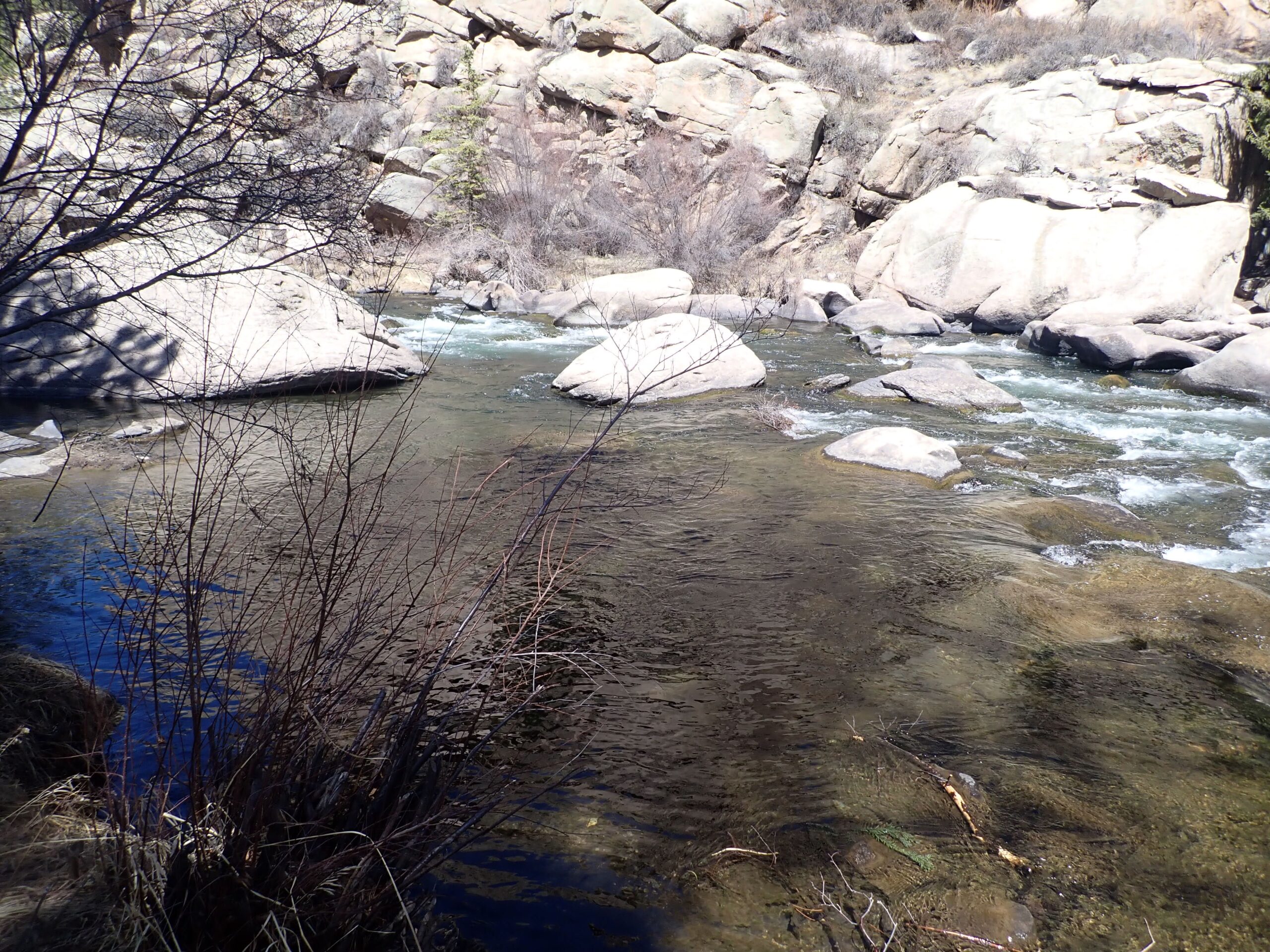
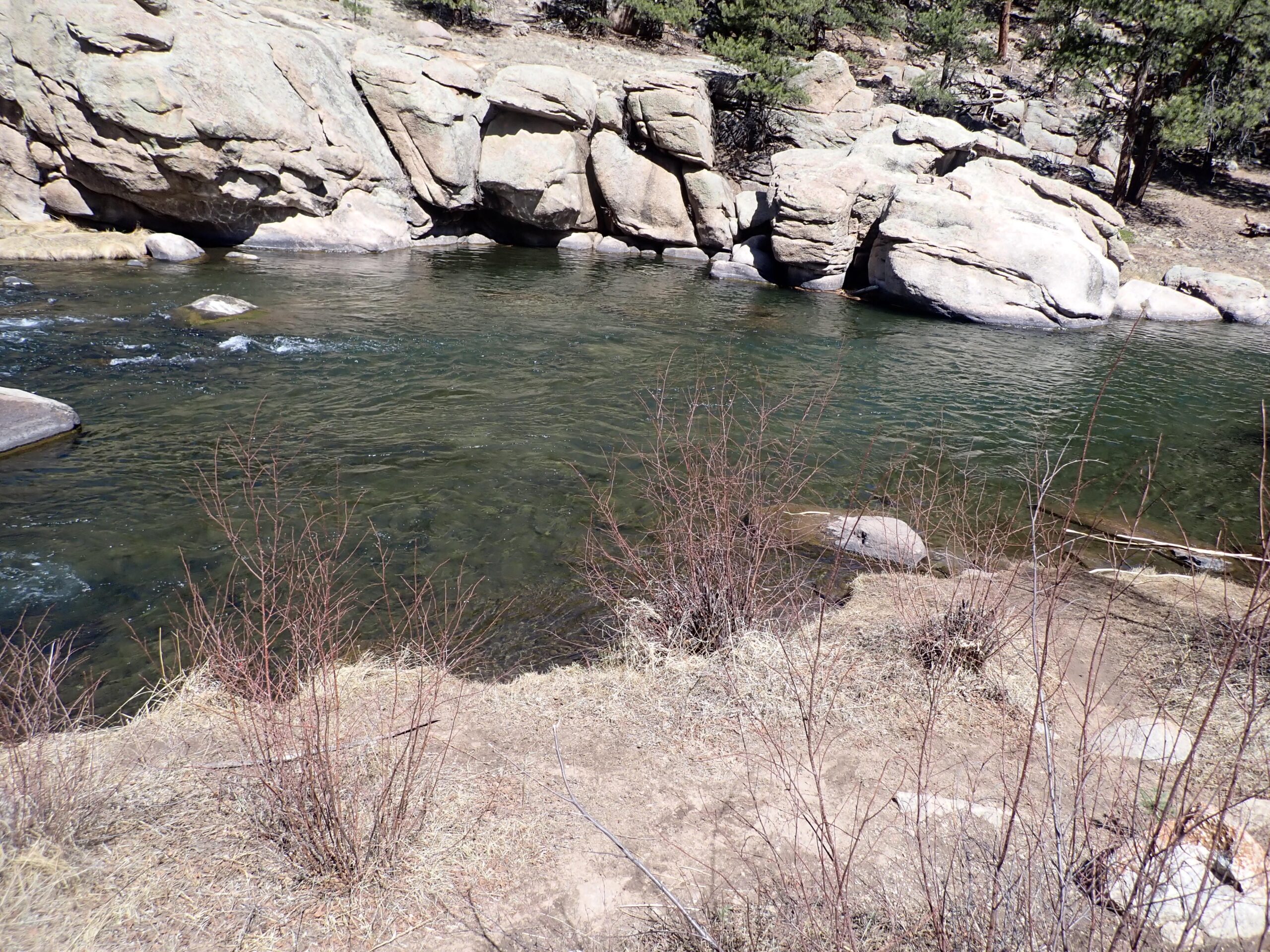
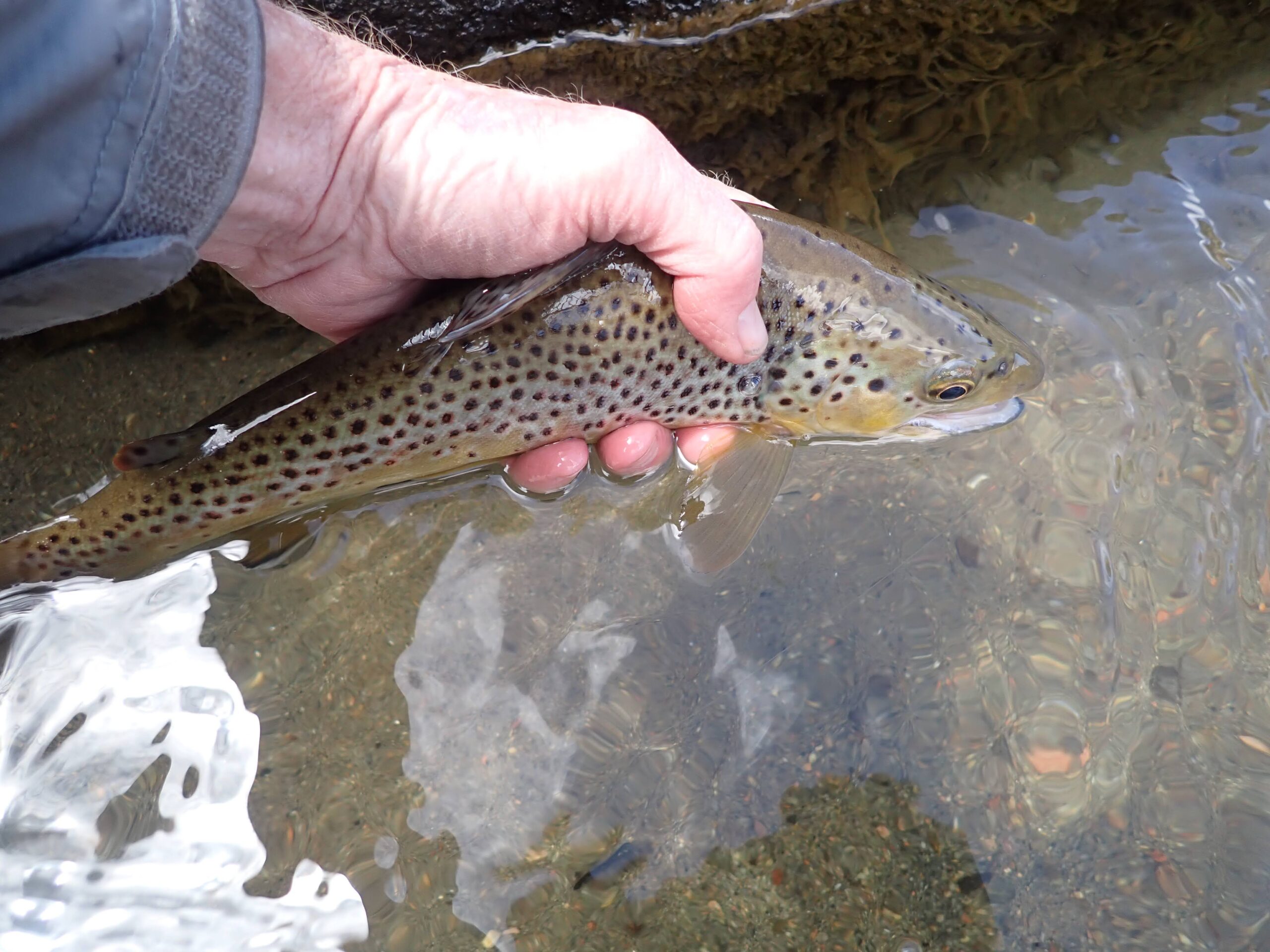
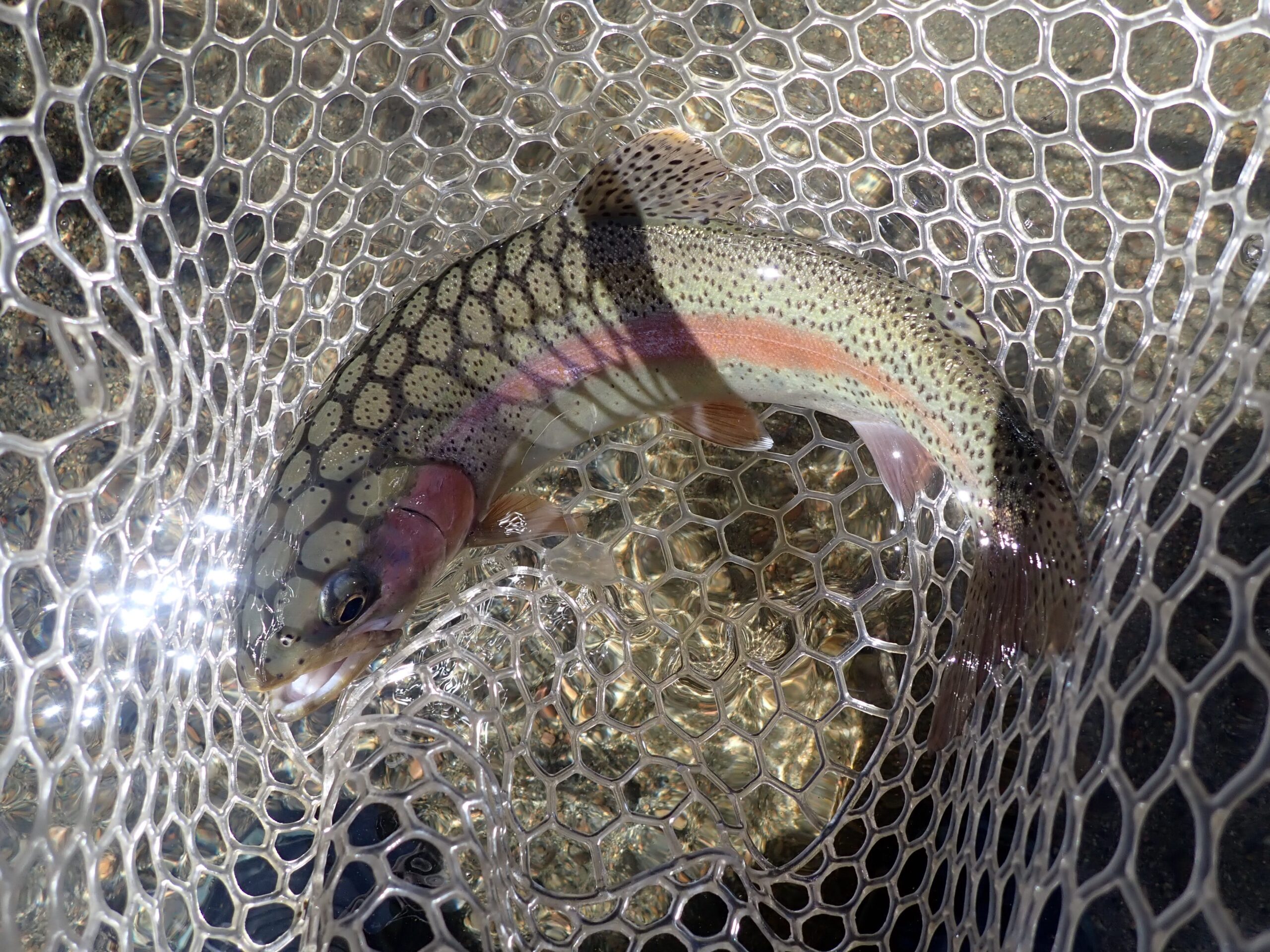
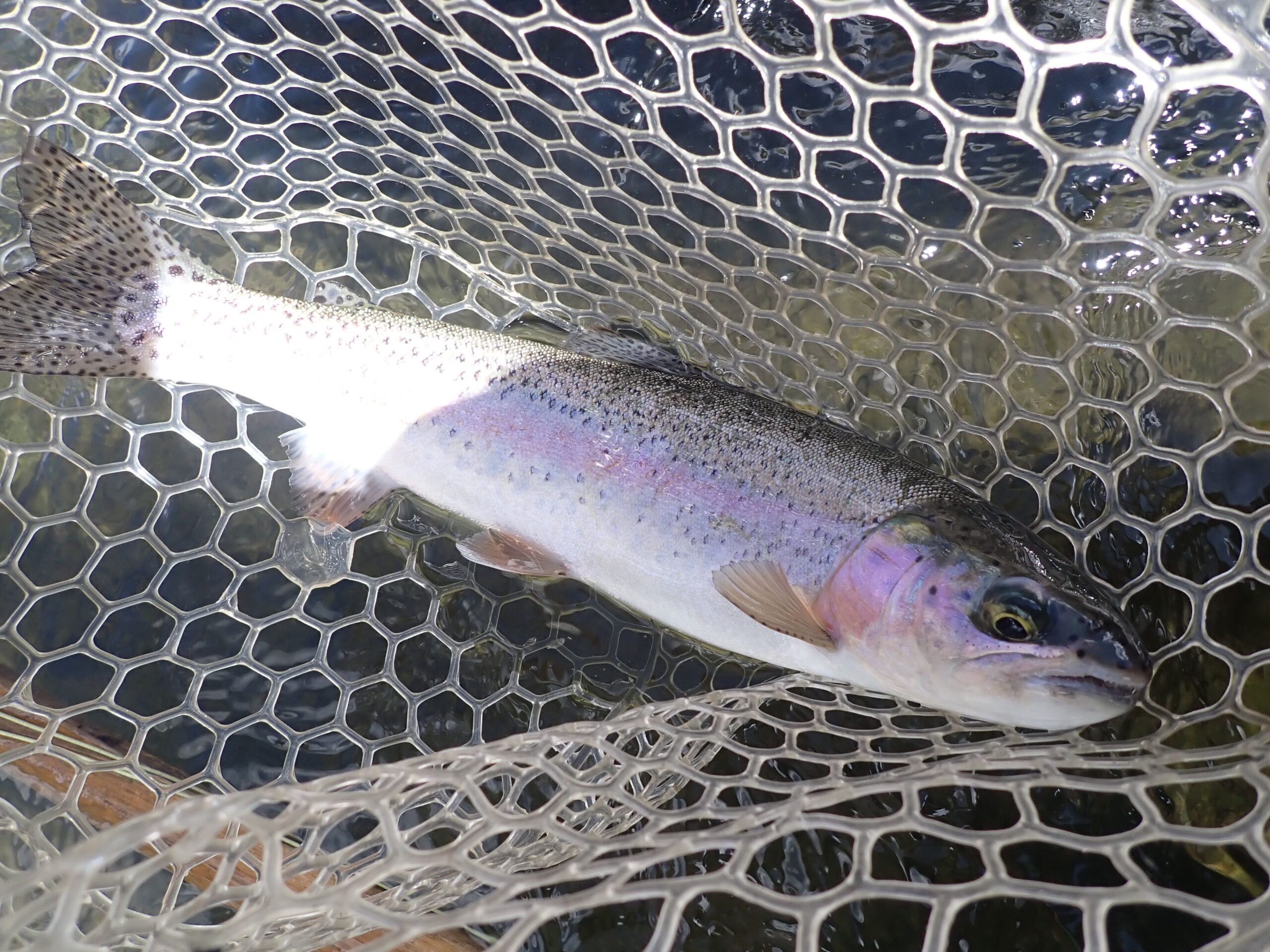
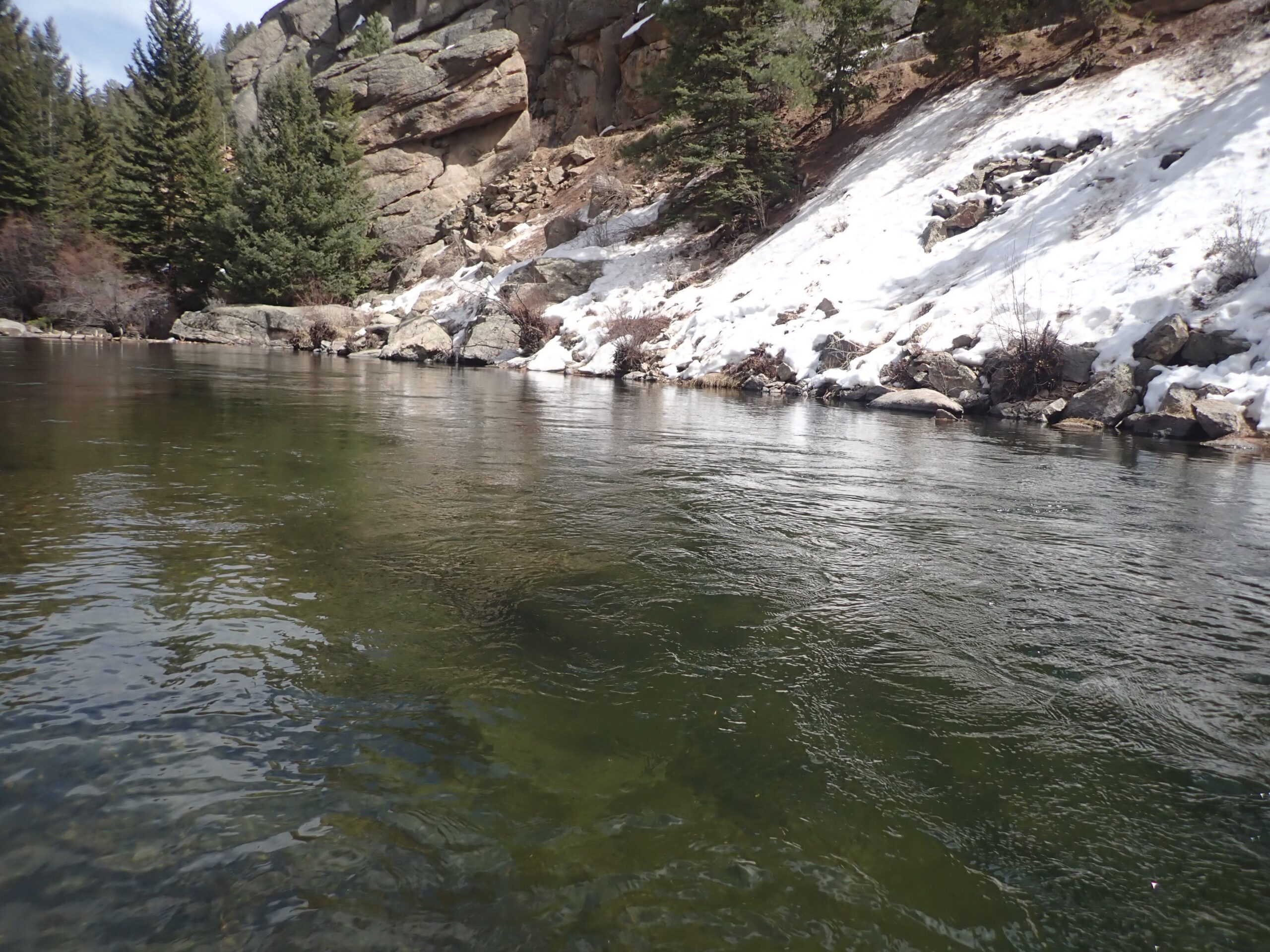
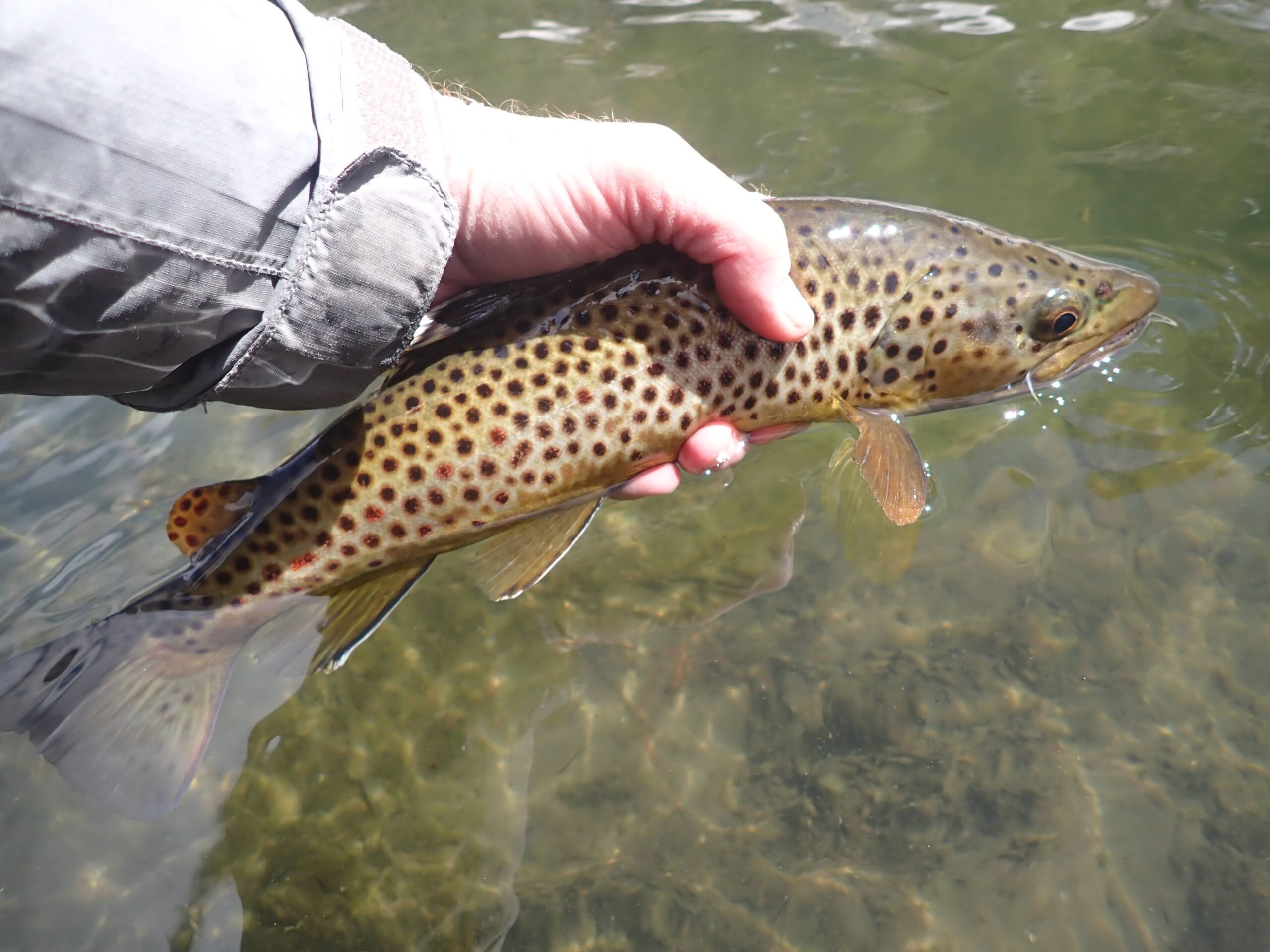
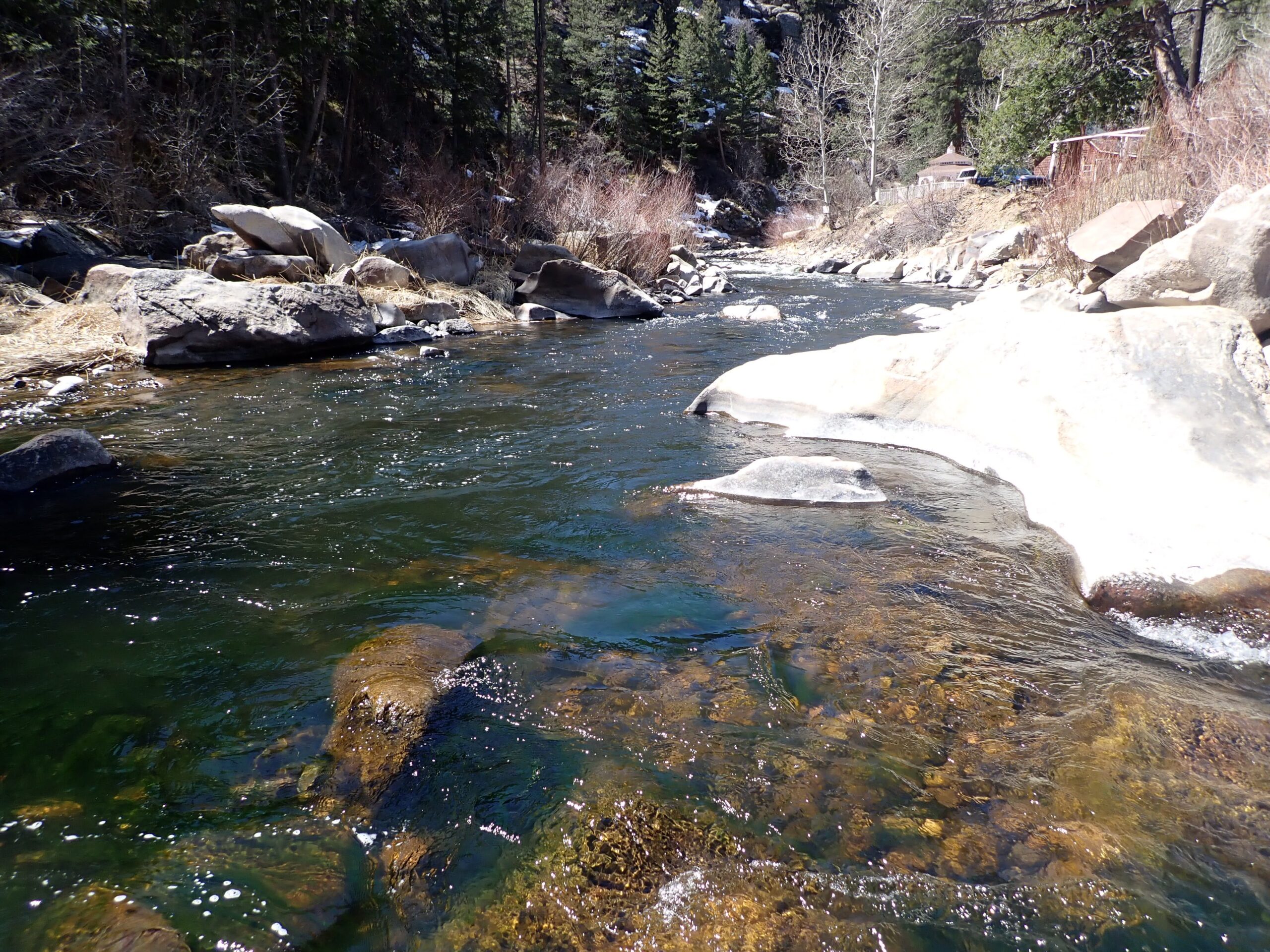
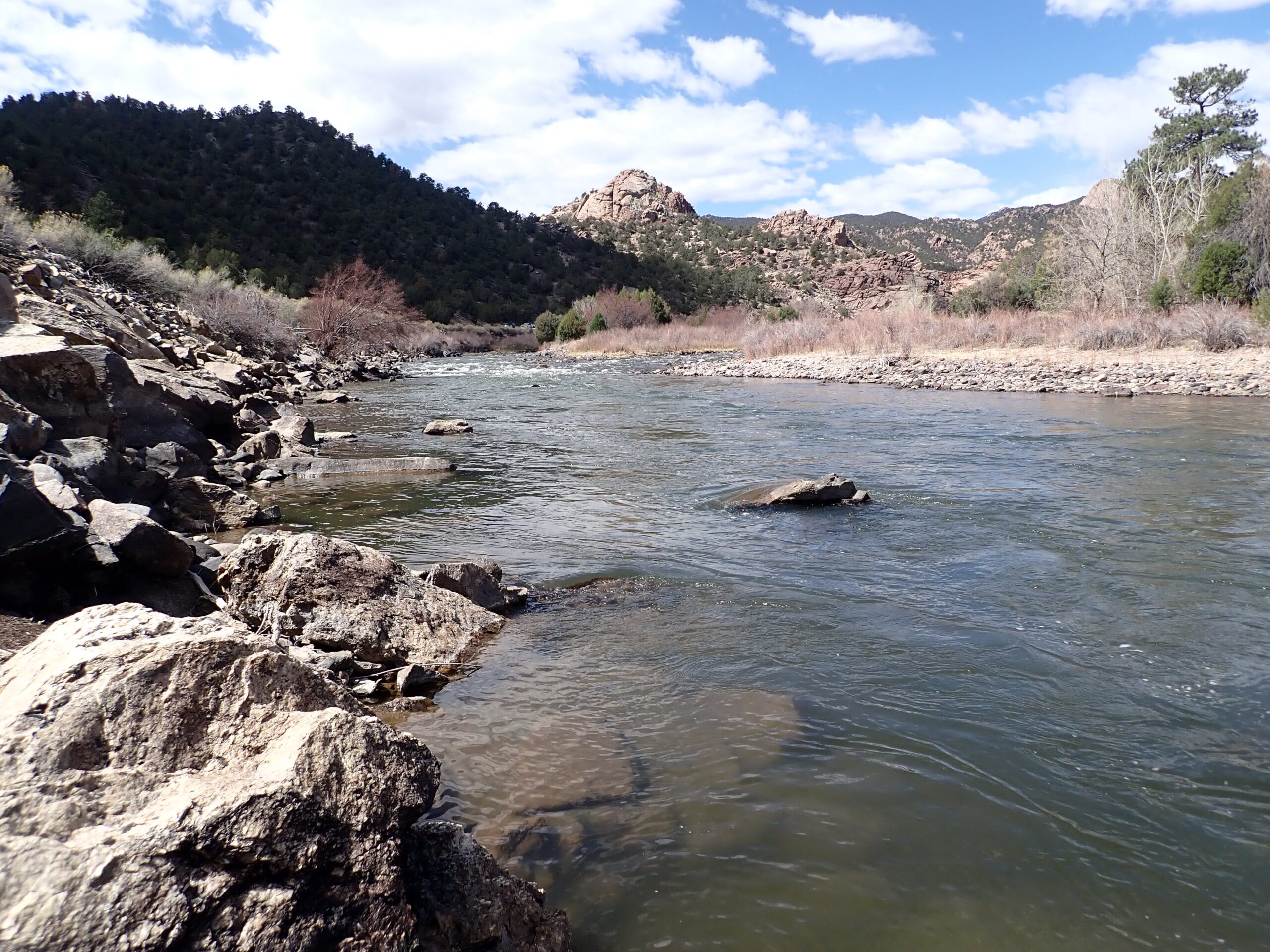
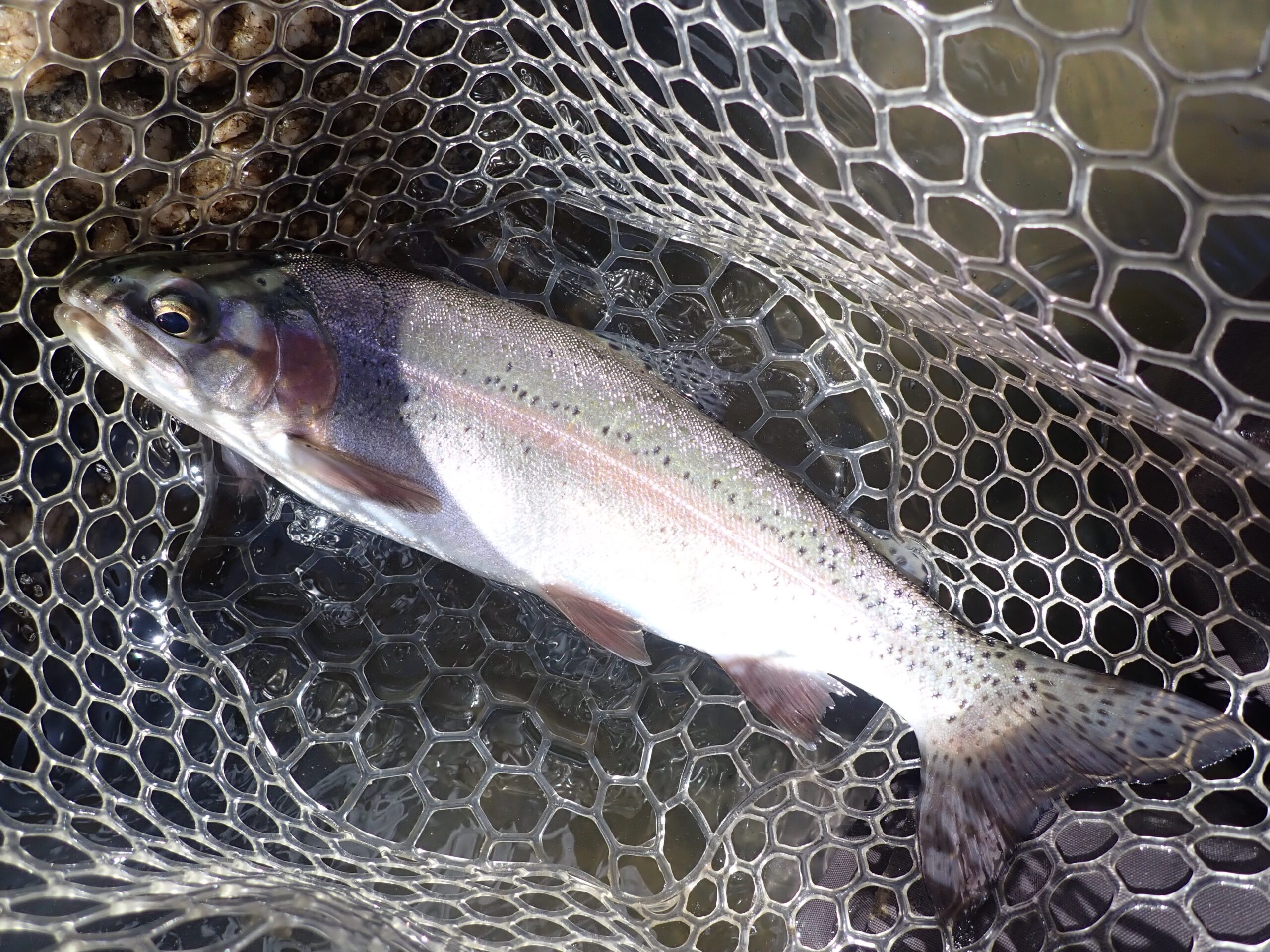
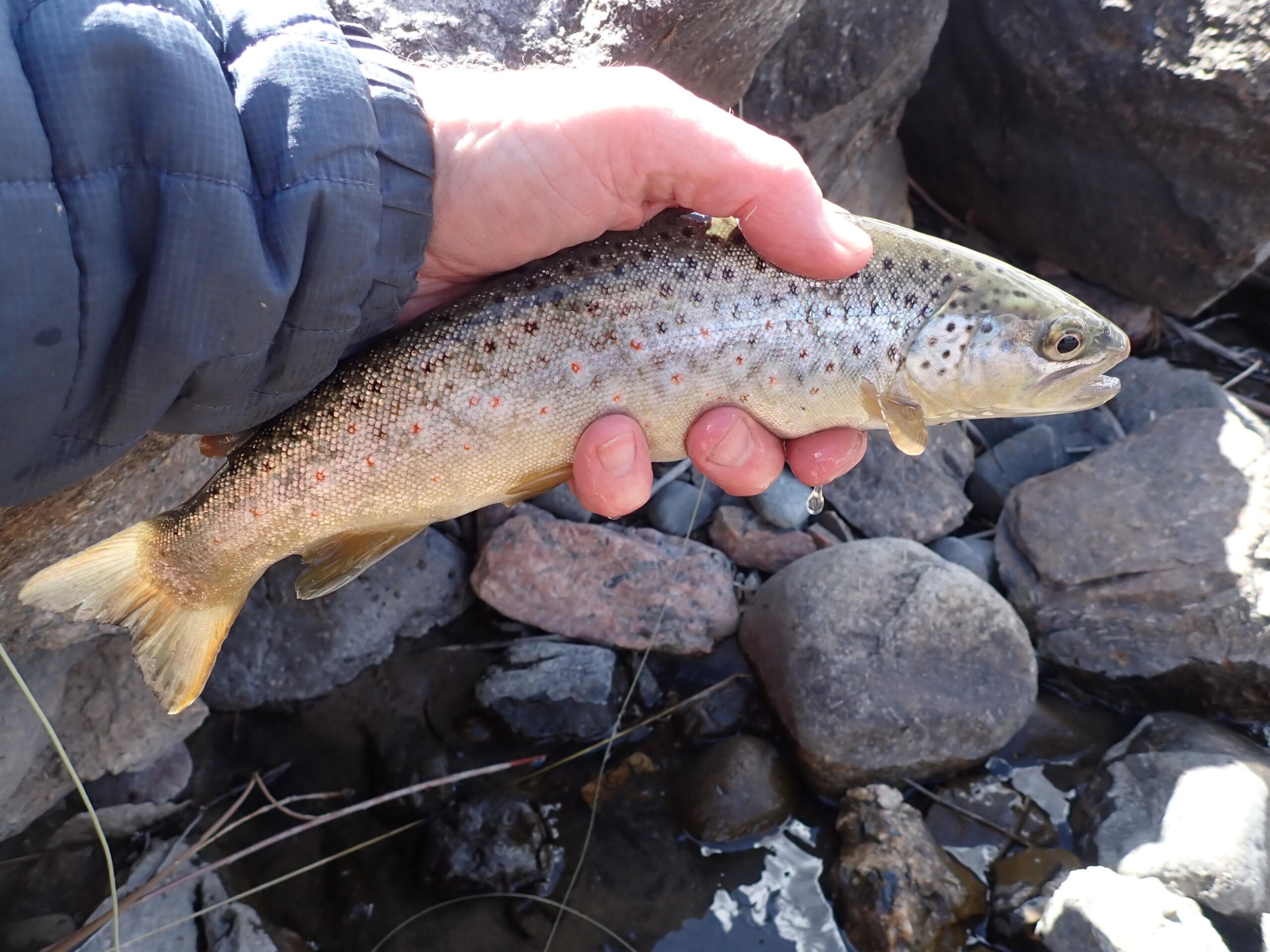
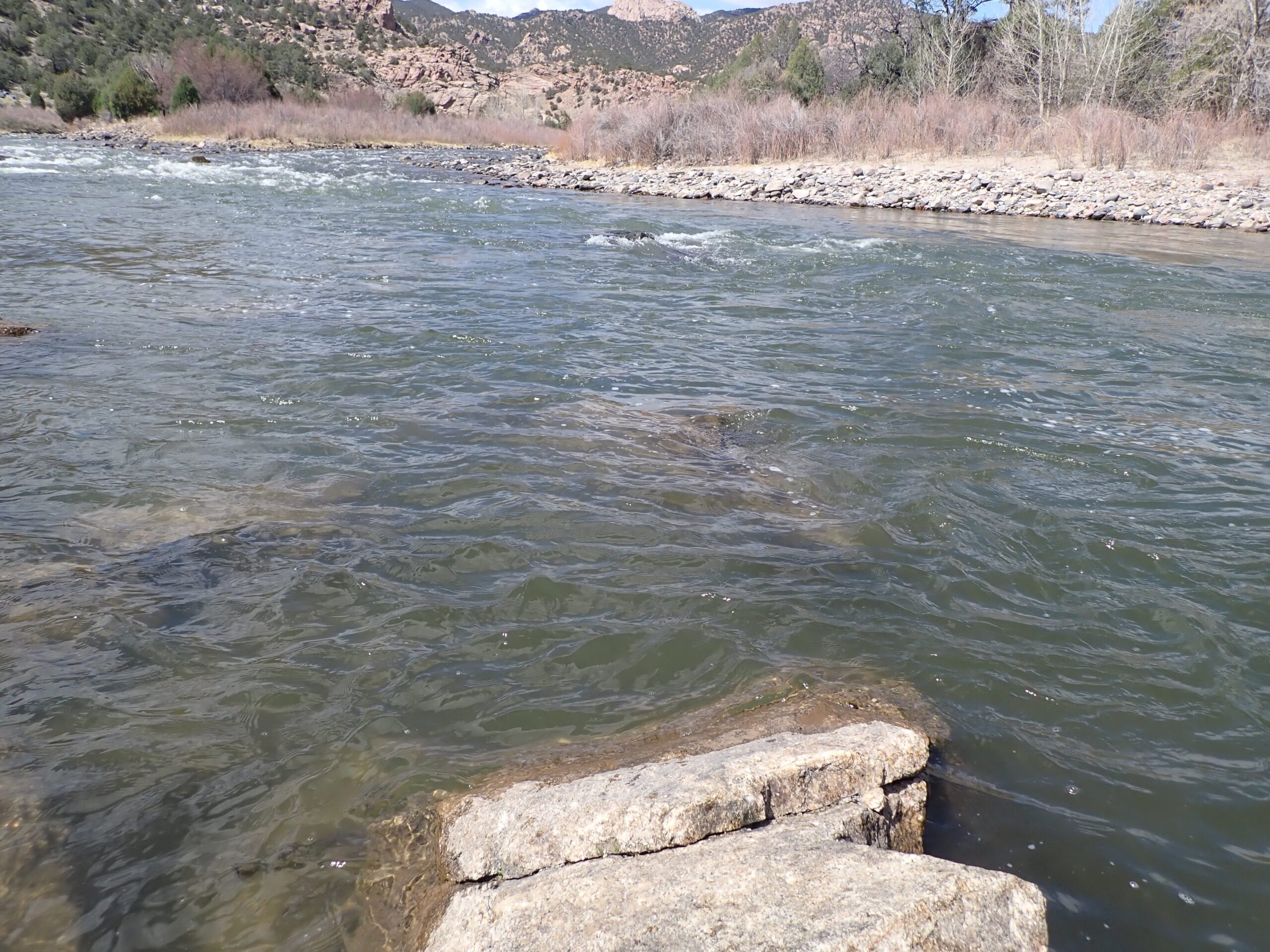
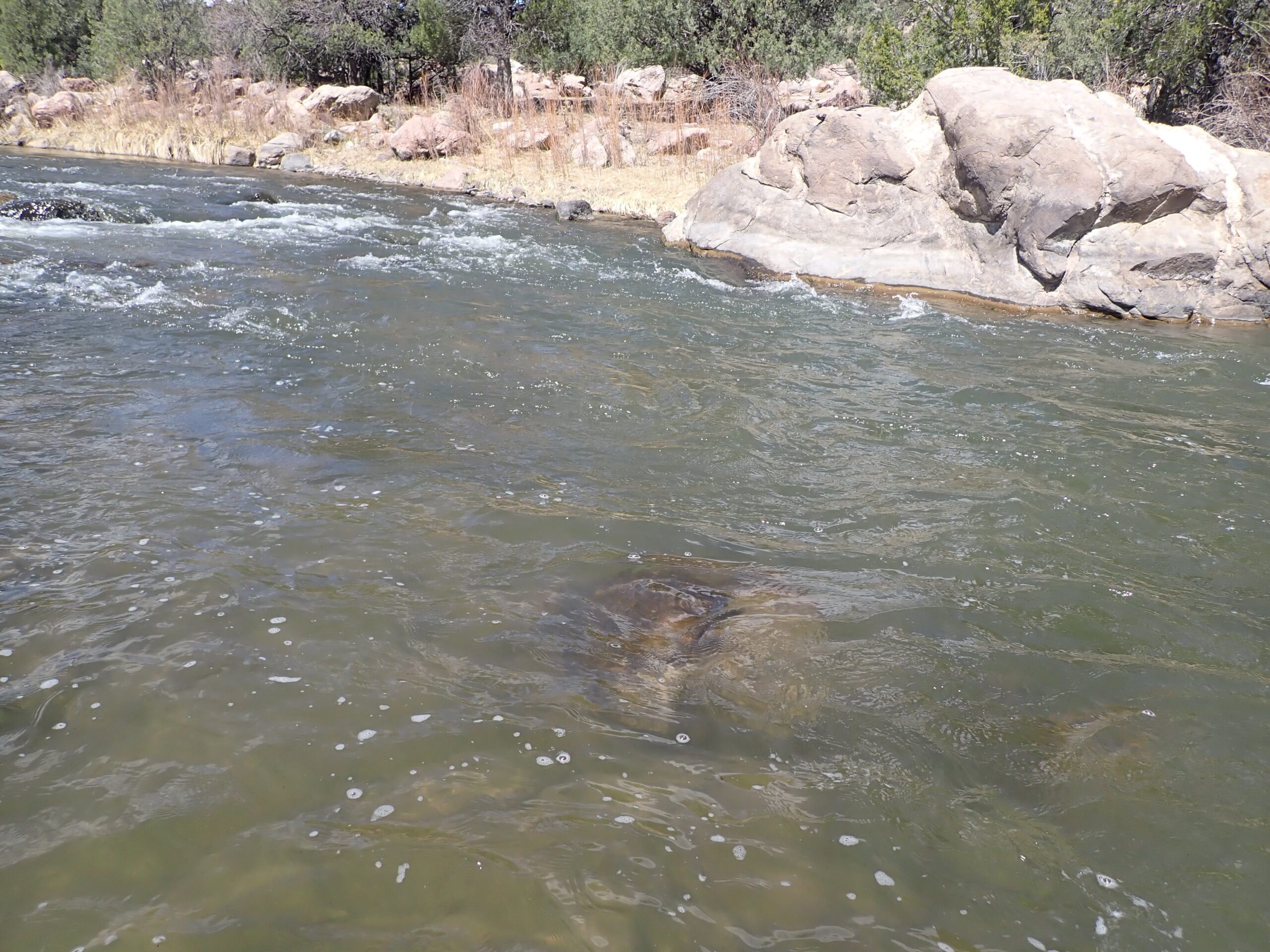
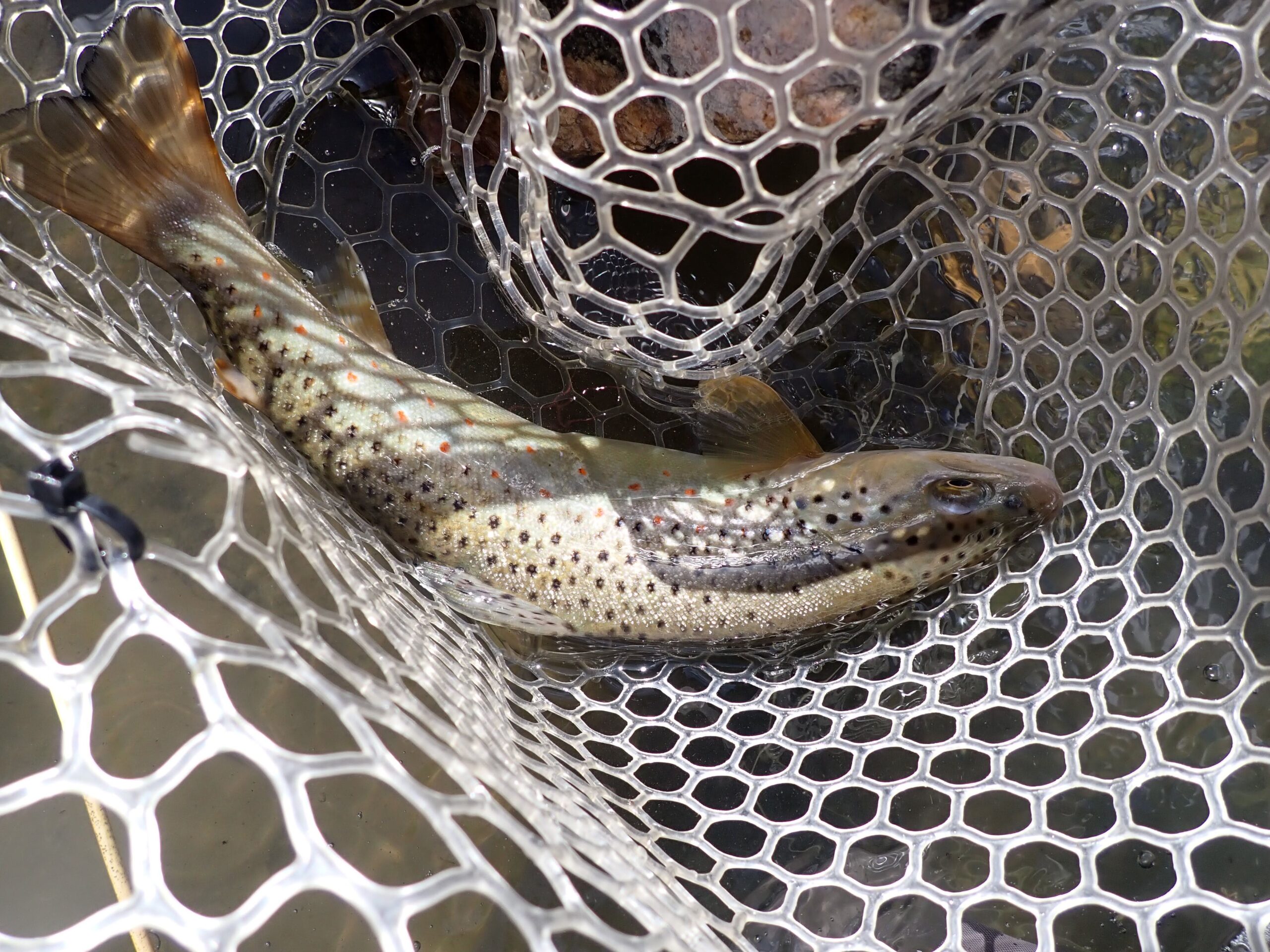
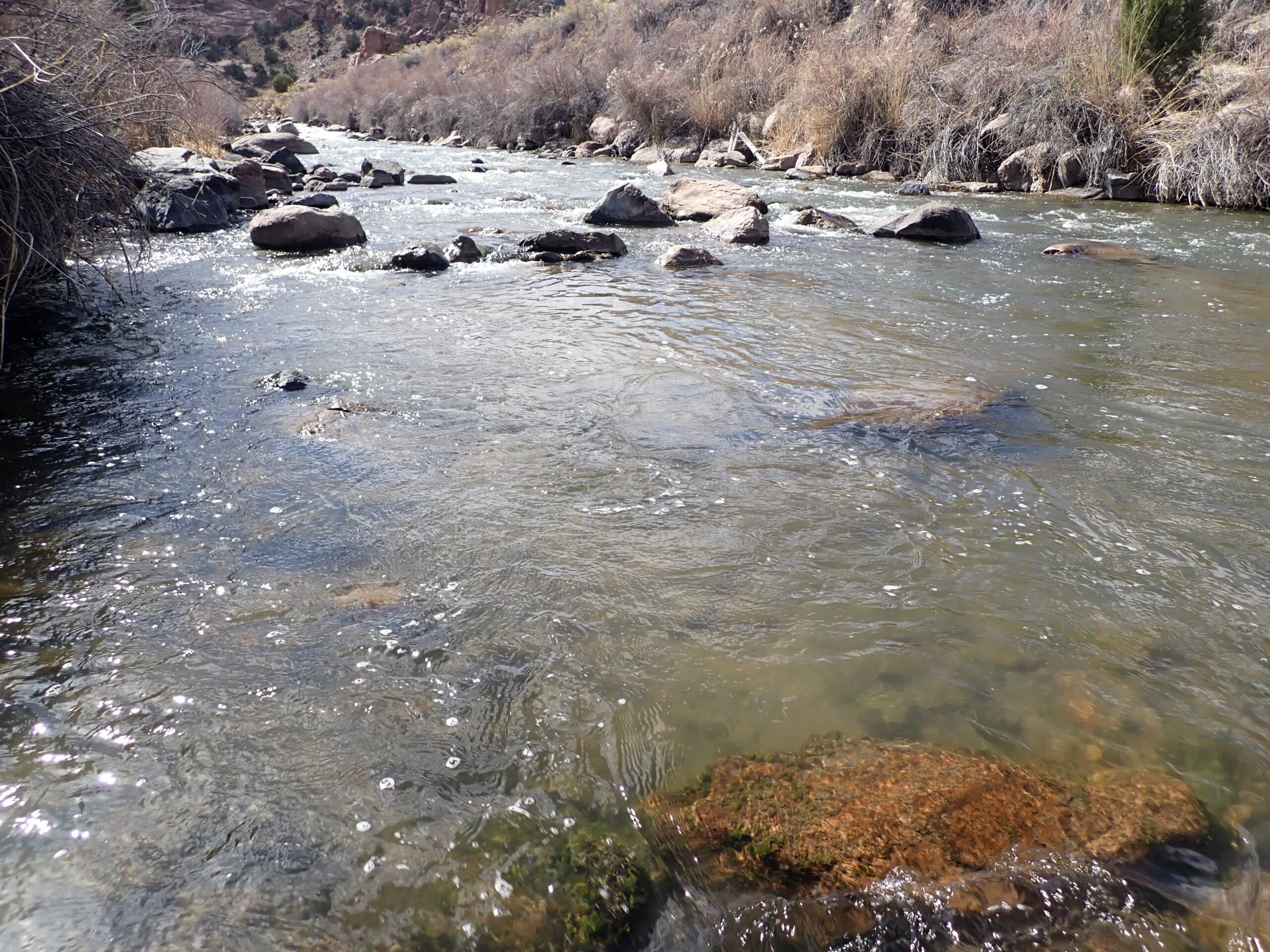
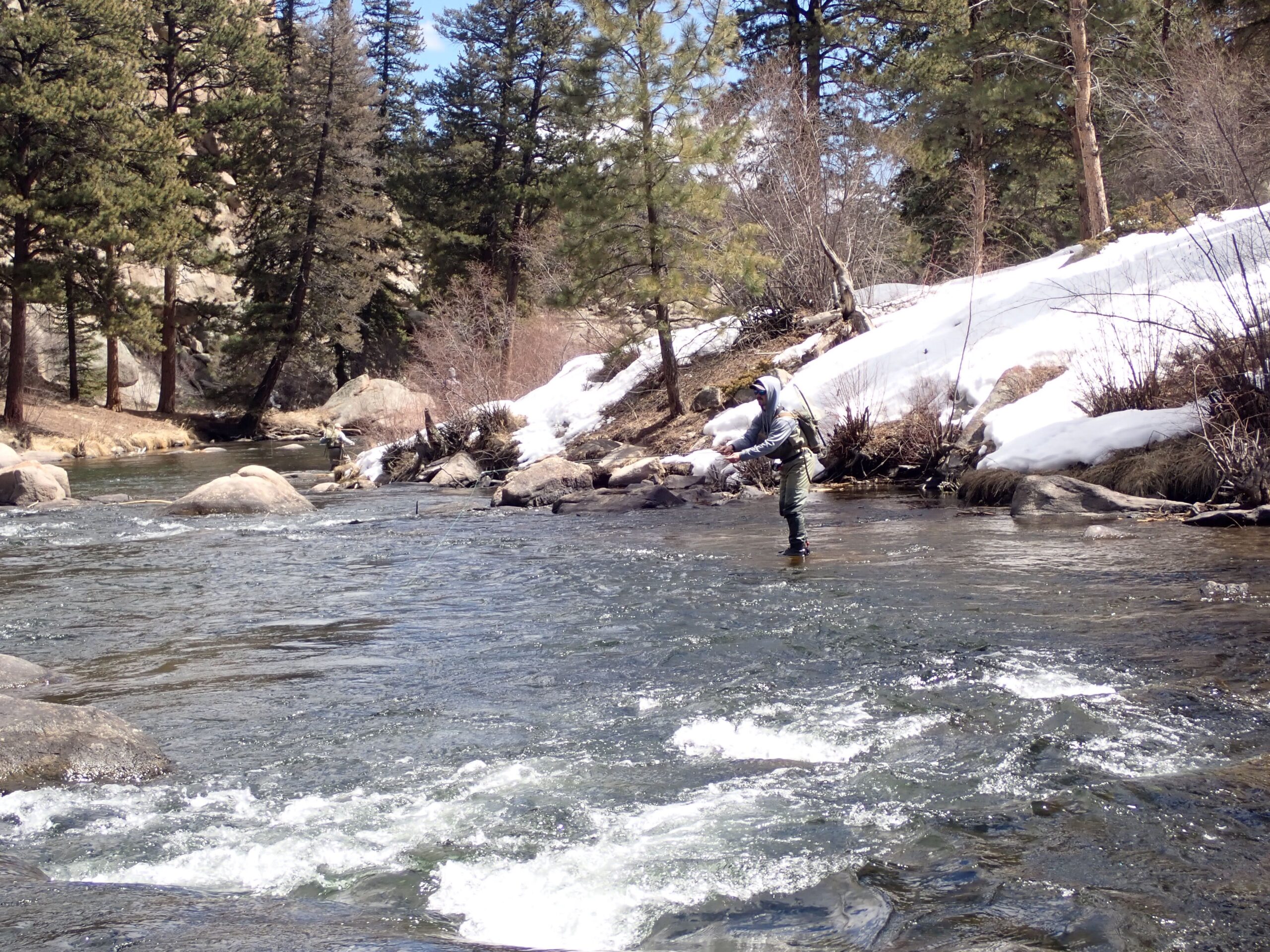
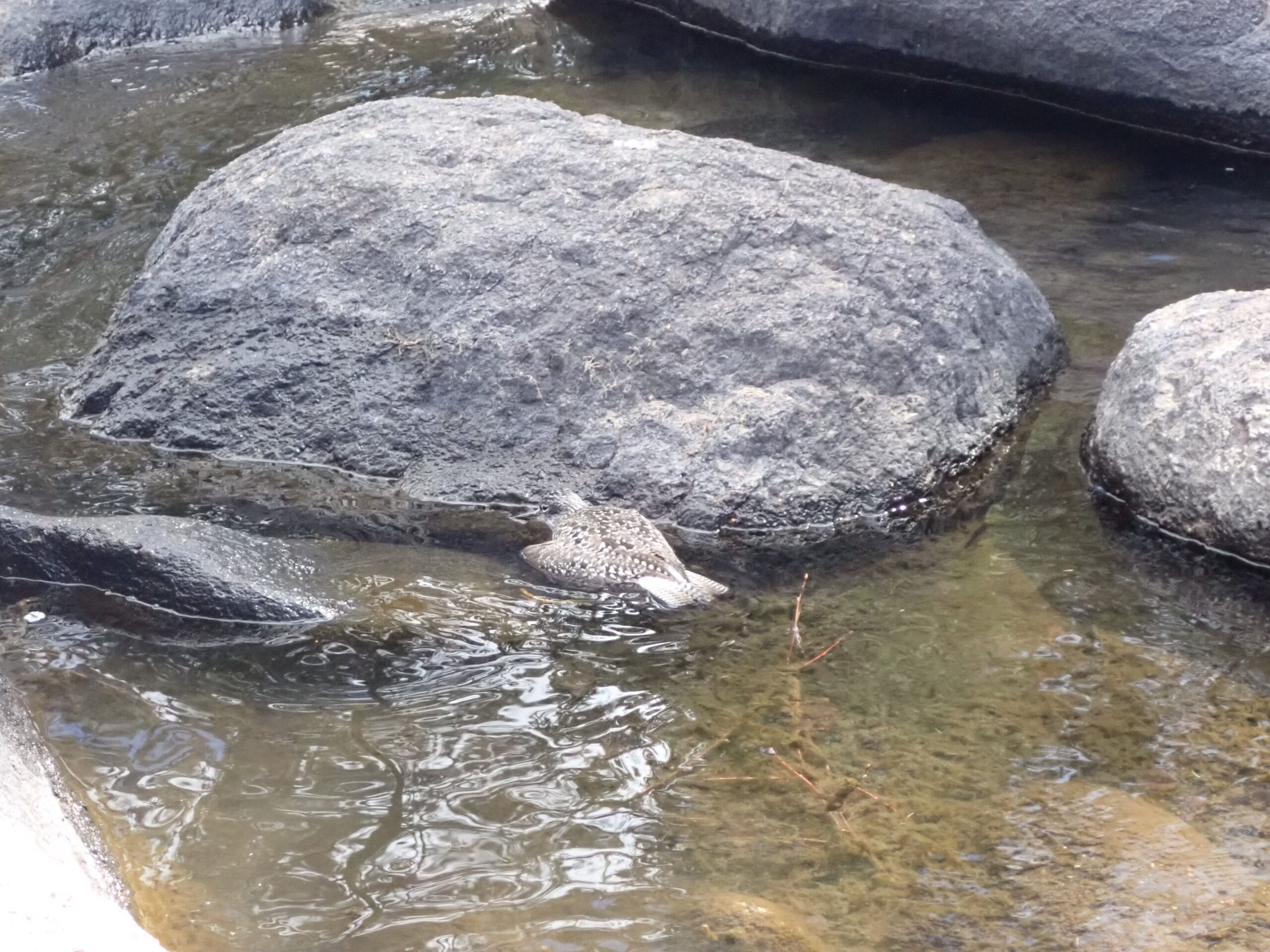 Injured Bird
Injured Bird